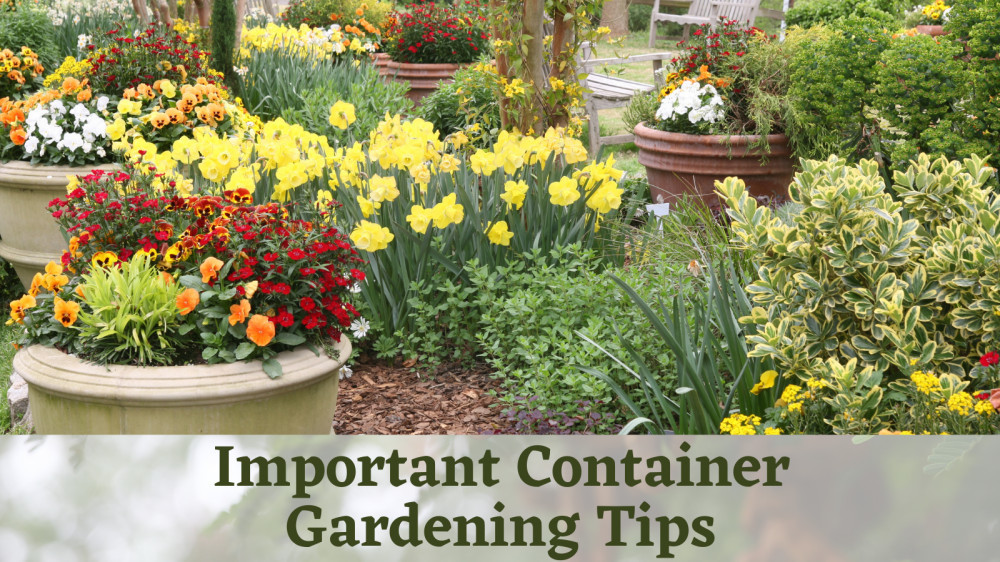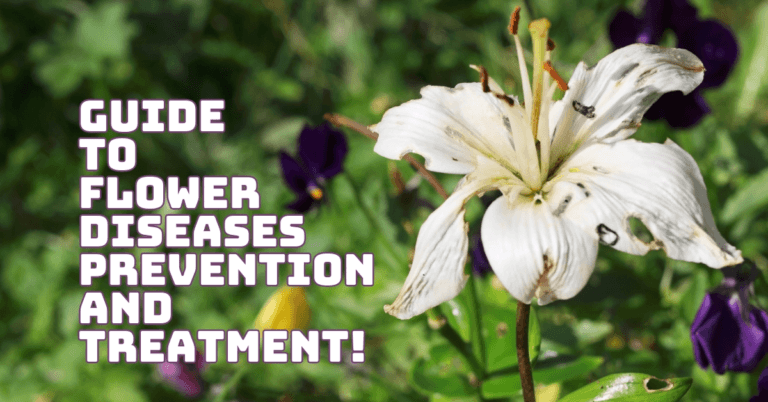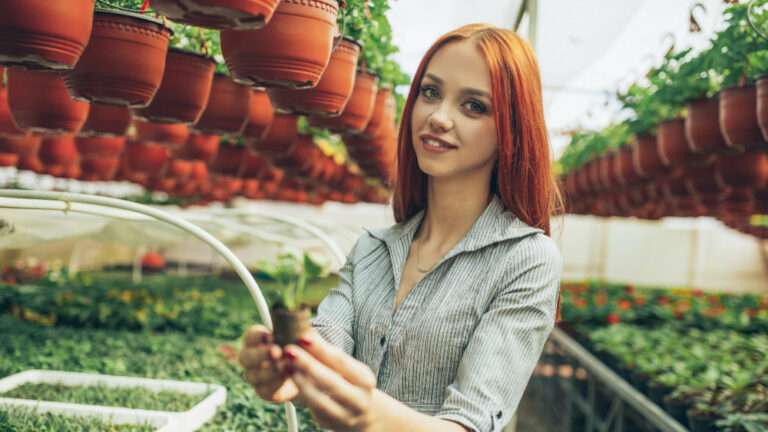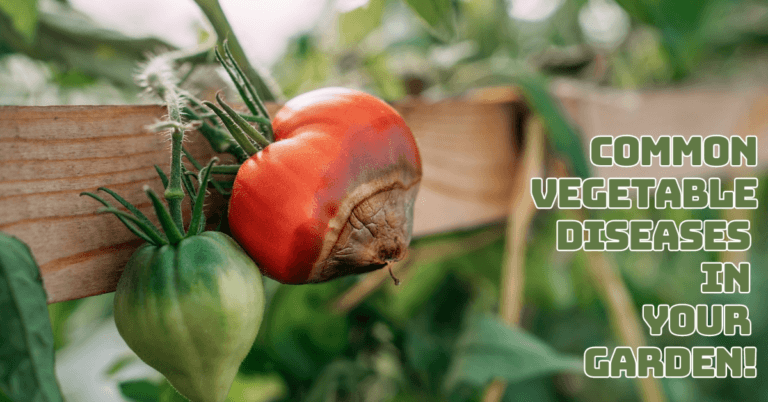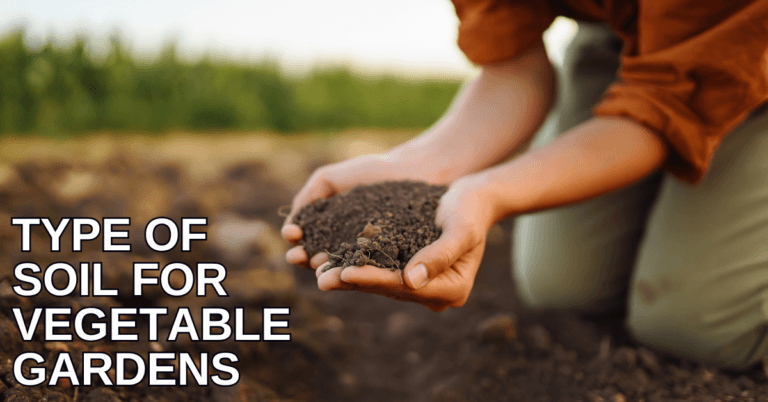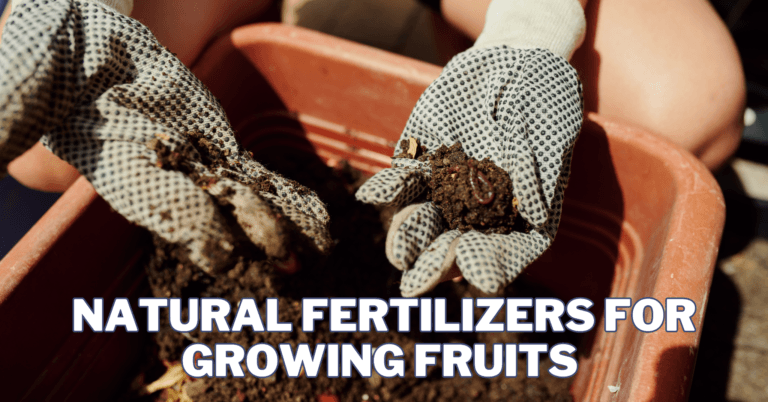The Top Most Important Container Gardening Tips
The Top Most Important Container Gardening Tips
Growing plants in pots is not always as simple as it appears. While putting a plant in a pot may appear to be a simple task, ensuring the plant flourishes can be a difficult task.
What is the best type of soil for the specific plant? How much water is required? What is the optimum location for the container after it has been planted?
Is it necessary to feed the plant? If so, how frequently? To make all the tasks involved in growing in containers easier, we've collected this important container gardening tips list that runs from the beginning of the season to the finish, providing you with all the information you need to grow a thriving container garden wherever you live.
Container Gardening Tips
1. Container Requirements
Remember that growing plants in large containers is easier than in small ones. This is because larger containers store more soil, which stays moist longer and is more resistant to temperature variations.
The container gardening tips will be helpful for you. Small hanging baskets are especially prone to drying out, and you may need to water them twice a day to keep plants alive during hot summer temperatures.
Deciding which plants will be grown in each container is also necessary. Several factors influence the size and depth of the container.
Consider the size and structure of a plant's root system, whether it's a perennial, annual, or shrub, and how quickly it grows.
Rootbound plants, which have taken up every square inch of available soil, dry out quickly and do not grow healthily.
For a mixed planting, choose a large pot or tub with ample root space for all the plants you want to grow. Dark containers keep the soil warmer than light-coloured containers.
A container's maximum size (and weight) is determined by the amount of space available, what will sustain it, and whether or not you want to move it.
To place your container garden on a balcony or deck, ensure the structure supports the weight.
Because containers are heavy once filled with soil, decide where they will be placed and relocate them before filling and planting.
If keeping them watered during the day is a challenge, look for locations that receive morning sun but are sheltered during the warmest portion of the day, even if you're planting plants for full sun. Afternoon shadow will lower the quantity of moisture required by plants.
While your containers must have drainage holes, filling them with pot shards or gravel is unnecessary before filling them with potting mix.
The covering will not enhance drainage, and pot shards may become lodged in the holes. Instead, place a paper towel or newspaper over the openings before pouring the mix to prevent the soil from washing out.
If your container is too deep, you can reduce the potting soil necessary by adding a layer of pebbles or Styrofoam to the bottom.
For container growing, bare garden soil is too dense. Use a houseplant soil combination in containers up to 1 gallon in size.
Use a reasonably coarse soilless planting mixture to maintain water and air balance in larger containers.
Pre-moisten the soil by wetting it and stirring it before filling or flooding it many times. Before planting, make sure the soil is evenly damp.
When planting a mixed container, disregard spacing regulations and plant densely; plants must be pruned once they fill in.
Trim off any circular roots and cover the root ball to the same level as at the nursery for trees and shrubs.
Firm the planter mixture gently and thoroughly water it to settle. Don't fill pots to the top with soil mixture; leave some room for watering.
Different Types Of Containers For Gardens
When filled with potting soil or mixes, numerous container styles provide the ideal growing environment for various plants.
Terracotta Pots
These classic reddish-brown clay jars are made of clay. If possible, select a glazed terracotta pot, as the porous quality of unglazed terracotta means your plants must be watered frequently.

Plastic Pots
Plastic pots are adaptable and hold moisture effectively despite being the least priced and lightest container options.
According to specific research, the toxins in certain plastics can leach into the soil; therefore, use caution while growing food plants in plastic pots.
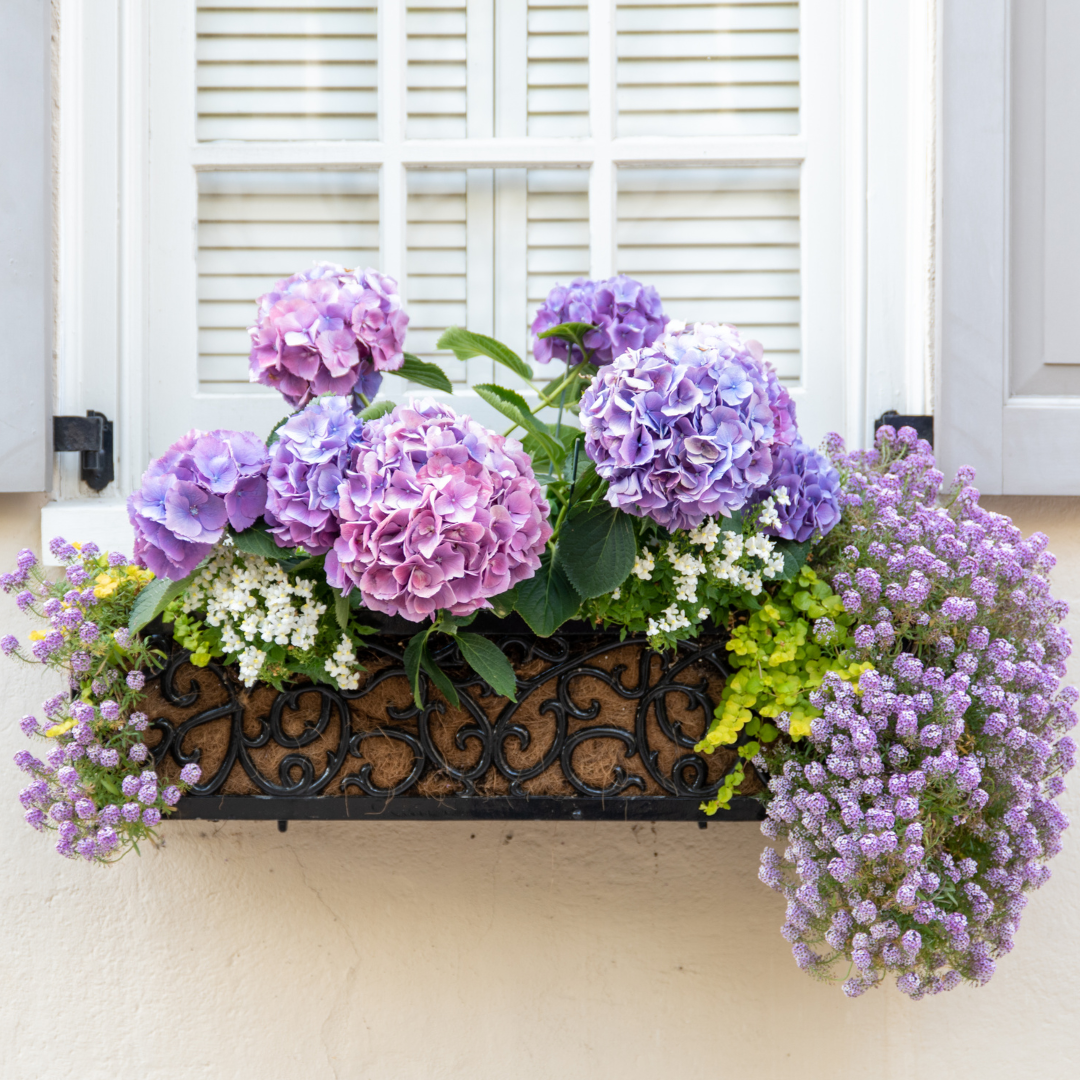
Window Boxes
This type of container is attached to a window sill and serves to beautify your property's exterior. Window boxes are ideal for growing vibrant flowers, herbs, and other edible plants.
Window boxes are available in various materials, including plastic, wood, fibreglass, and metal.

Hanging Baskets
Plants benefit significantly from the drainage and aeration provided by hanging baskets. Hanging them in windy areas should be avoided.
Metal planters are a long-lasting, modern container form that does not break as quickly as clay pots.
Their main disadvantage is that they heat up quickly in direct sunlight, perhaps resulting in dry soil and damaged plant roots.
Grow In Bags
Plastic or fabric grow bags work well for plants with shallow roots. They're inexpensive, lightweight, reusable, and portable, making them ideal for producing potatoes.
Although these are the most common forms of gardening containers, you can make unusual containers out of sneakers, luggage, or dresser drawers.
2. Drainage Should Not Be Overlooked
While this may seem like an unusual initial suggestion, it might mean the difference between life and death for your plants.
When there isn't a large enough hole or holes for water to escape from your pot, the soil becomes too wet, and the roots of your plants can rot, causing the plant to die.
The bad news is that many garden pots on the market lack adequate drainage. Larger holes can be drilled, punched, or carved to improve drainage.
However, it's sometimes easier to buy a pot with adequate drainage. Small or medium-sized pots must have A drainage hole at least ½ inch diameter. Look for larger containers with a diameter of at least an inch.
It is a complete misconception that adding gravel, pot shards, or stones to the bottom of your container garden would improve drainage.
Some argue that putting these things in the bottom of your pots doesn't require drainage holes.
Unless you are a super-attentive container gardener who can water flawlessly or a plant that prefers damp soil (and there are some), you will need holes in your pots – preferably a lot of them.
3. Light Requirements
People frequently overestimate the amount of sunlight their containers receive. While you can find a great plant for practically any quantity of light, you must first determine how much light your container will receive before selecting your plants.
Place your container where you want it and time how long the sun shines on it to determine how much direct light it will receive. You may also use a sun calculator to determine how much sunlight you get.
4. Properly Feed Plants
Most potting soil has no available plant nutrients; you must supplement them. Most plants will require fertilizer to be fed to your soil to thrive.
A slow-release fertilizer can be mixed into potting soil. To accomplish this, make a large quantity of potting soil combined with fertilizer in a bucket or fill your pot with potting soil before adding the fertilizer.
Then, every week or two, fertilize with a liquid fertilizer, commonly a fish emulsion/seaweed blend. It stinks, yet it is beneficial to plants in terms of nutrients.
Many people use Miracle-Gro, and while it may feed and help your plants grow, if you start using it, you will have to keep applying it since this form of synthetic fertilizer will destroy the beneficial organisms in the soil.
Because organic agriculture relies on these organisms, you'll have to stick with it or another synthetic fertilizer after you've used Miracle-Gro.
5. The Plant Tag Should Be Read And Saved
Plant tags are essential. They will advise you on how big your plant will grow, how much light, water, and food it will require, and how much care it will want.
The tag will also tell you whether your plant is annual or a perennial, and if it is a perennial, what zones it will thrive in.
The tag will also tell you about your plant's “habit”- its shape and how it will grow. This is vital to consider while designing your container and arranging your plant choices.
For example, if you have a large pot, you want plants with “upright habits” to give your design height, followed by plants with “mounding habits” to fill in the gaps.
Choose plants with “trailing habits” draping over your planter's sides to complete the look.
6. Acclimate Your Plants
Many plants dislike rapid changes, and if you gradually adapt them to changes in light, exposure to the elements, water, or temperature, they will be happier in the long run.
This is especially crucial for young plants and is required for most plants that have spent their lives in the controlled environment of a greenhouse.
You must harden off your plants if you buy seedlings in the spring or cultivate them from seed. This is a time-consuming and labour-intensive process, but if you don't do it, your plants' chances of prospering will be significantly reduced.
If you reside in a colder region and intend to overwinter your plants, they may need some time to adjust to less light and drier air.

7. Soil Requirements
First, you should learn to select the ideal soil for your container garden.
Plants are accustomed to having infinite boundaries for their roots in the soil. Unless the soil has structural concerns, it will allow water to flow freely while retaining adequate moisture for the roots to absorb if desired.
Because container soil has a limited area, it requires a few more components to maintain the right mix of air pockets, water movement, and water retention.
Container gardens require a soil mix designed to hold water while allowing for excellent drainage and keeping the roots healthy.
Soil mixes explicitly designed for containers can be obtained at a garden center, which is ideal if you only make a few pots.
Manufacturing your garden soil is simple if you plan a large container garden with several pots. Follow these container gardening tips to get proper soil.
8. Water Requirements
Container gardens must also be kept moist for the plants to thrive. Your container type will impact how much water your plant retains.
Terracotta or unglazed clay pots wick moisture away from the soil and dry quickly. Glazed, fibreglass and plastic pots will retain more water and require additional drainage holes.
Certain pots may need to be watered daily in hot summer conditions. To address this, use larger pots that retain more soil and thus more moisture, or buy self-watering pots with a reservoir to hold more water.

9. Fertilize Your Container Plants
Continuous watering might deplete nutrients, even using a potting mix with a slow-release fertilizer.
Regular fertilizer applications should begin two to six weeks after planting a container, depending on the type of potting soil, watering frequency, and plant growth rate.
Fertilizers for container plants come in a variety of varieties. An excellent place to start is with an all-purpose fertilizer.
All-purpose fertilizers contain nitrogen, potassium, and phosphorus, all of which plants require in substantial quantities, as well as other critical plant nutrients such as iron, manganese, and zinc.
Select fertilizers with higher phosphorus or potassium levels relative to nitrogen, such as tomato food or bloom-boosting fertilizer, to encourage blossom or fruit output.
10. Winter Care
Plants must be carefully prepared to endure the winter outdoors unharmed. In general, only winter-hardy plants can be left outside during the winter.
Winter is a time of hardship for all plants. Plants are protected from frost, extreme dryness, and too much wetness throughout the winter.
First, the plant's dead leaves and buds should be removed. This keeps the plant from expending too much energy, which it needs for the winter.
Plants should not be fertilized in the winter. Winter protection for all plants begins with covering the root region. Straw, bark mulch, or fall leaves can help plants survive the winter.
They shield the plant's sensitive components from the chilly air. In addition, winter-hardy tub plants' pots must be wrapped.
Fleece, coconut mats, or bubble wrap are all suitable because they keep the soil from freezing. The same precautions should be used to protect balcony plants.
Plants in pots and tubs, particularly those under eaves, are extremely thirsty during frost-free times. In the winter, evergreen plants regularly lose water via their leaves.
More water is required than is delivered by rain, especially on sunny days and in strong winds.
Most plants wilt in response to a lack of water. Dry damage is frequently confused with freezing damage in the winter.
The size of the container determines the number of water plants required in the winter. When watering, ensure the water drains from the bottom of the pot.
Ten litres of water may be necessary for plants in large pots. The flower pots should be put on clay feet or wooden chocks due to the risk of frost.
11. Sometimes Plants Die
The more plants you cultivate, the more plants you will destroy. It's as simple as that. Even the most experienced gardeners will occasionally kill plants. It's an unavoidable aspect of gardening.
The trick is knowing when to abandon a plant. Giving up early in a mixed container garden is best so your entire pot doesn't appear shabby.
When a plant looks bad, you have a couple of options. Depending on the plant, you can prune it severely and hope for the best.
This is all required for many plants, and your plant will return roaring, happy and gorgeous in weeks.
You can remove the unhappy plant and replace it with another plant. Depending on how dead and valuable the plant is, you can try to rehabilitate it by repotting it and caring for it until it recovers or no longer takes sight of it.
If your plant shows signs of severe disease, remove it immediately, re-pot it, and either quarantine it or place it in a plastic bag and toss it away.
12. Design Ideas For Container Plantings
The container gardening tips will be your most interesting and essential blog part. Using your creativity is the most important container gardening tip for enhancing the beauty of your pots!
Visually appealing plants should be paired together by blending colours and textures to create a pleasing mix.
To avoid overcrowding, confine container gardens to one or two main focal elements in each container and surround those featured plants with simpler textures, colours, and forms.
Different container design styles depend on whether the pot will be viewed from one side. Whatever design style you choose, keep the container balanced and in proportion.
A single sample plant in a large pot is an attractive option. Don't assume you must stuff a dozen plants into a pot to make it look nice. Less is sometimes more.
Some colour choices may appear harsh to one gardener yet sophisticated and sleek to another. Don't be afraid to try new things — remember, you can do it!
13. Make A List Before You Go To Buy Plants
One of the best ways to avoid, or at least lessen, plant panic is to know what you want before going to the nursery and making a list.
This list doesn't have to include the particular plants, though if you're feeling ambitious, you can go online or go through plant catalogues to figure out precisely what you want.
Make a list of the number of pots, their sizes, and where they will go to acquire plants that suit the pots and know if you need plants for sun, shade or something in between.
It's a good idea to bring your pot along or a picture of your pot if possible. Smartphones are ideal for this purpose.
Most nurseries will have someone on hand to assist you with your selections. In addition, most nurseries categorize and name their plants according to their required sun.
Best Fruit To Grow In Pots
1. Apple
Columnar apple trees can reach a height of 8-10 feet and a width of 2 feet. These upright trees produce full-size apples, but their overall production is lower than that of a dwarf tree.
Plant multiple varieties for pollination. Try ‘Northpole,' comparable to McIntosh, ‘Golden Sentinel,' Golden Delicious, or ‘Scarlet Sentinel,' similar to Scarlet Sentinel (green-yellow with red blush).
Apples with traditional dwarf rootstocks can also be grown in containers; in southern climates, plant low-chill types.
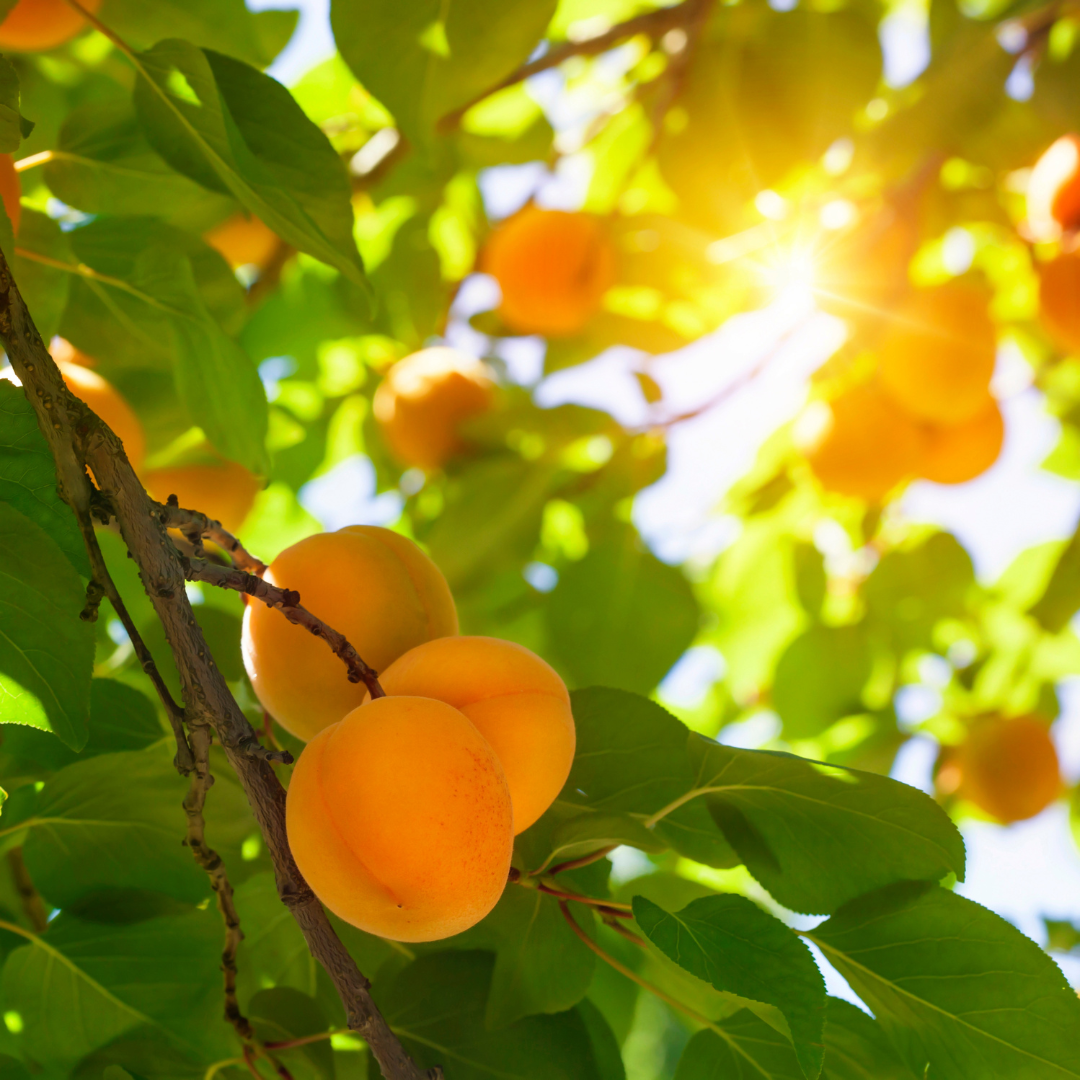
2. Apricot
When dormant in the winter, apricot trees are frost resilient, but the blooms are vulnerable to frost damage.
The optimal time to select apricots is when the fruit changes colour from green to yellow/orange and feels slightly soft but firm.
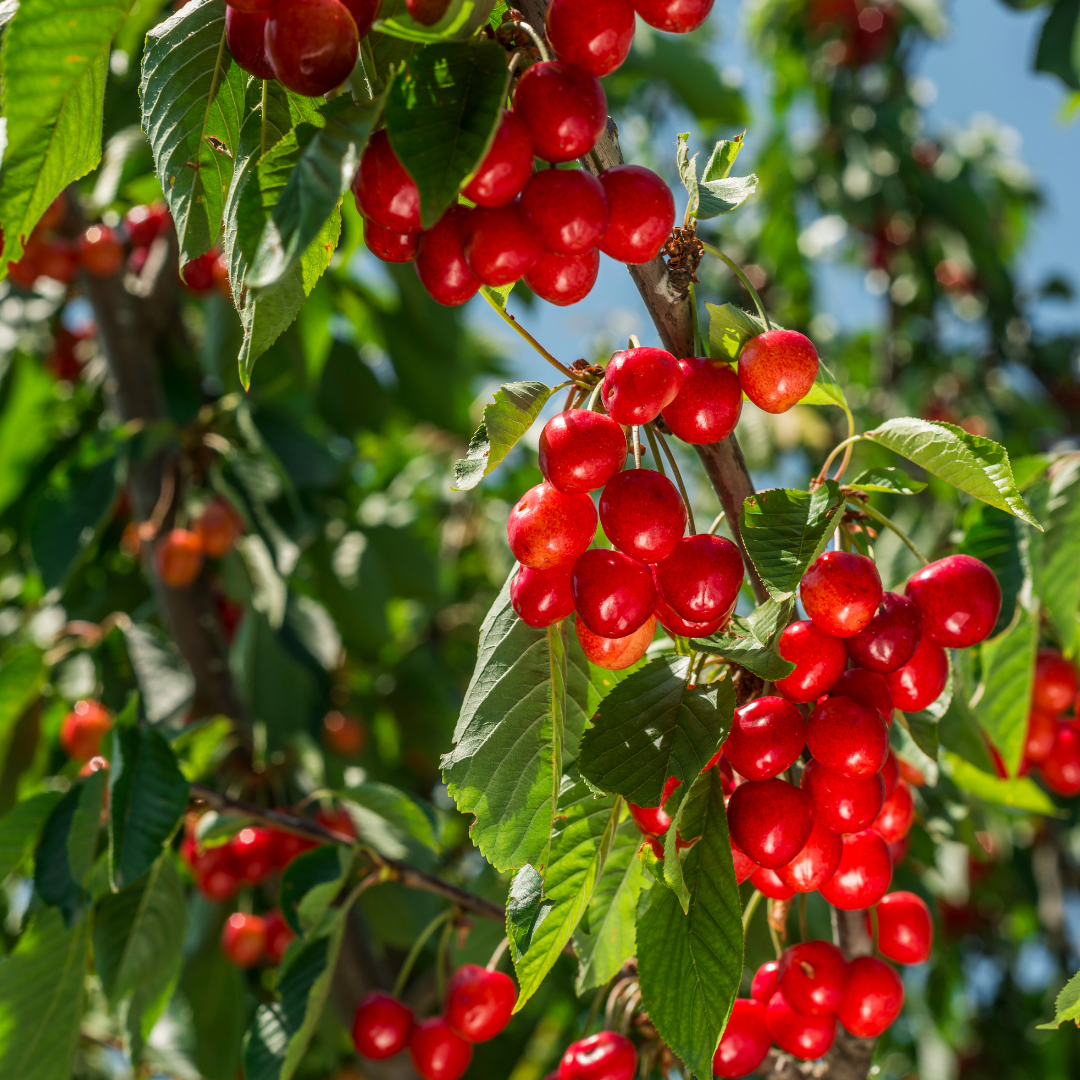
3. Cherry
Cherries produce many flowers in the spring and summer fruits and often spectacular leaf colours in the autumn.
Sweet cherries require direct sunlight, whereas sour cherries like Morello cherry tolerate greater shadow. Because they have shallow roots, they require plenty of water throughout their first year and during any dry spells.

4. Figs
In pots, restricted root growth results in shorter, fruit-laden fig plants. Prune the plant when it is 12-15 inches tall, then do annual winter pruning to enhance branch number. Many kinds, including ‘Brown Turkey,' ‘Preston Prolific,' ‘Black Genoa,' and ‘White Genoa,' thrive in containers.

5. Gooseberries
Gooseberries are pretty productive, so you'll get a lot of fruit quickly. They thrive in a sunny, sheltered location.
However, they will give fruit in the shadow. To promote optimum air movement around the plants, provide room around the pot as gooseberries.

6. Grapes
An attractive trellis can be used to support potted grapevines. Pots can become top-heavy as vines mature. Tuck into a custom support structure or anchor with cinder blocks.
Select types with fruit clusters close to the trunk, such as (seedless) ‘Interlaken' or ‘Canadice,' (seeded) ‘Seyval,' ‘Early Muscat,' ‘Swenson Red' (particularly hardy), or ‘Sweet Lace' (developed for patio use).
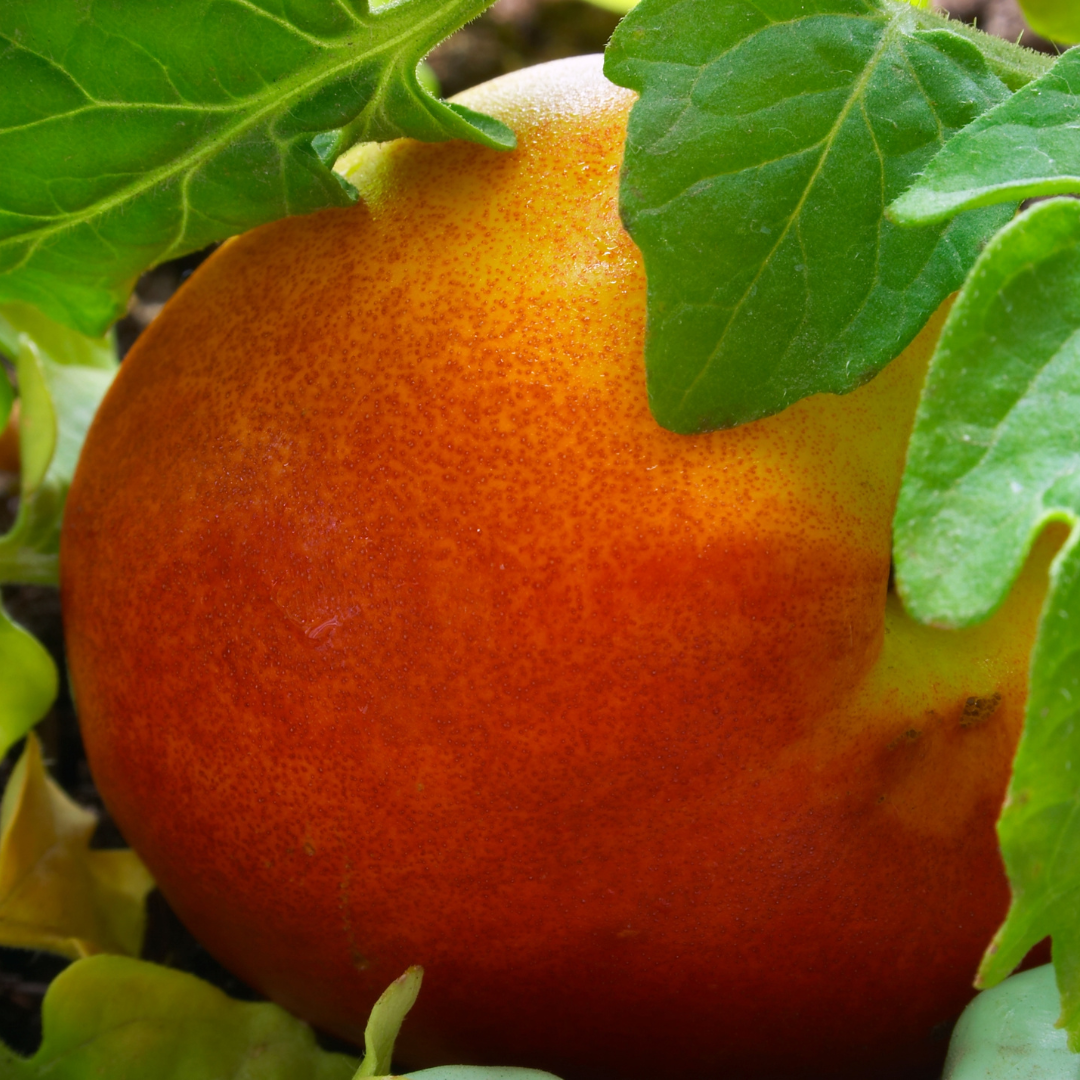
7. Nectarines
Dwarf nectarines are sweet and juicy, ripening full-size fruit on 4-6 feet of self-pollinating trees. Spring blossoms are stunning.
Check to see if your environment gives the essential cooling hours for fruiting. ‘Nectarine,' ‘Necta Zee,' ‘Nectar Babe,' ‘Leprechaun,' and ‘Garden Delight' are miniature (genetic dwarf) types.
8. Oranges
Oranges and other citrus fruits will thrive in pots in a sunny location.
Orange trees require at least 8 hours of sunlight daily and grow best in warm locations with mild winters, but they may be cultivated in cool climates with some winter care.
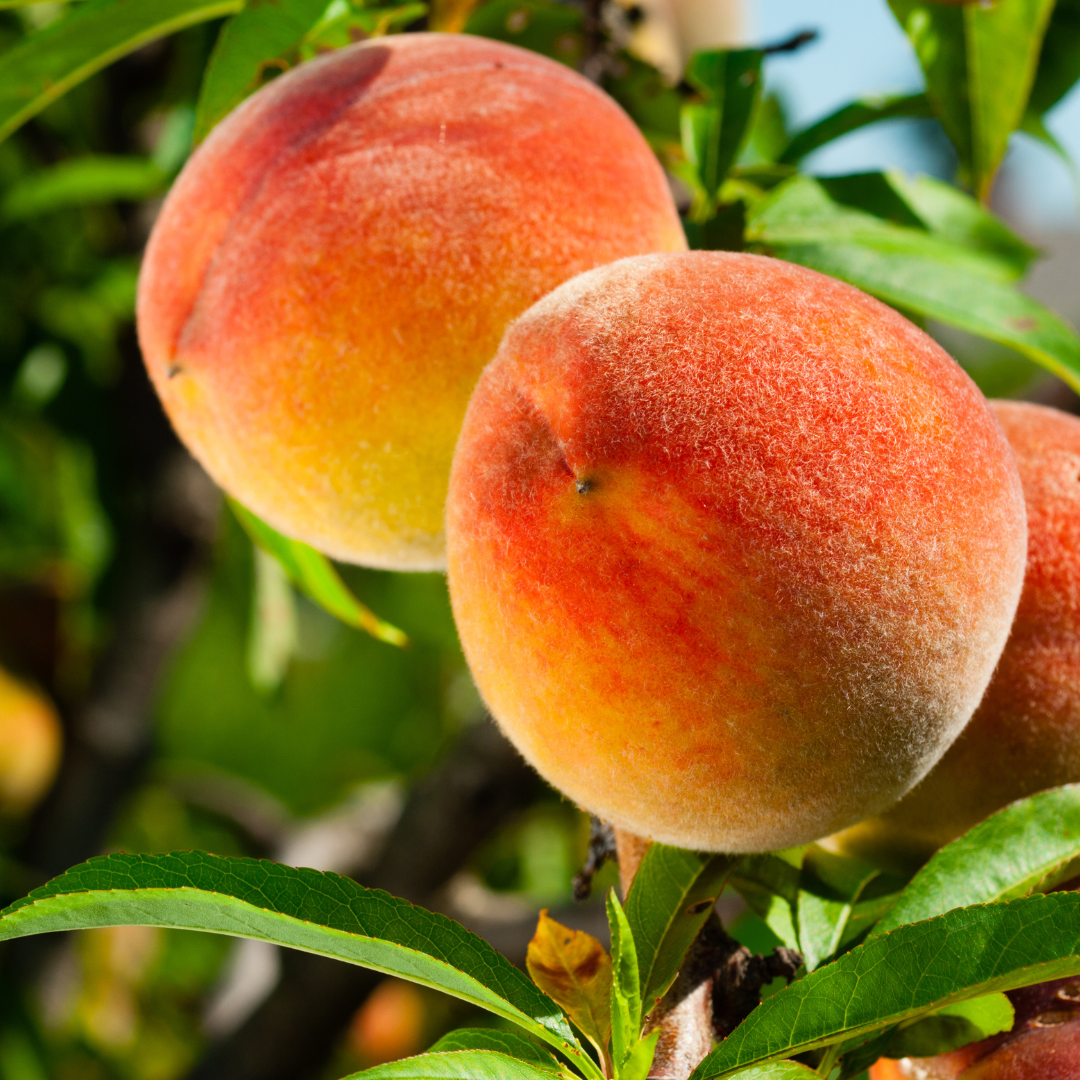
9. Peaches
Pillar or columnar peaches can reach about 5 feet. Pruning branches back to 12 inches in early spring if trees spread.
Peaches are self-pollinating but require certain cooling hours before bearing fruit. ‘Crimson Rocket,' ‘SummerFest,' or ‘Sweet-N-Up' are other ideas.
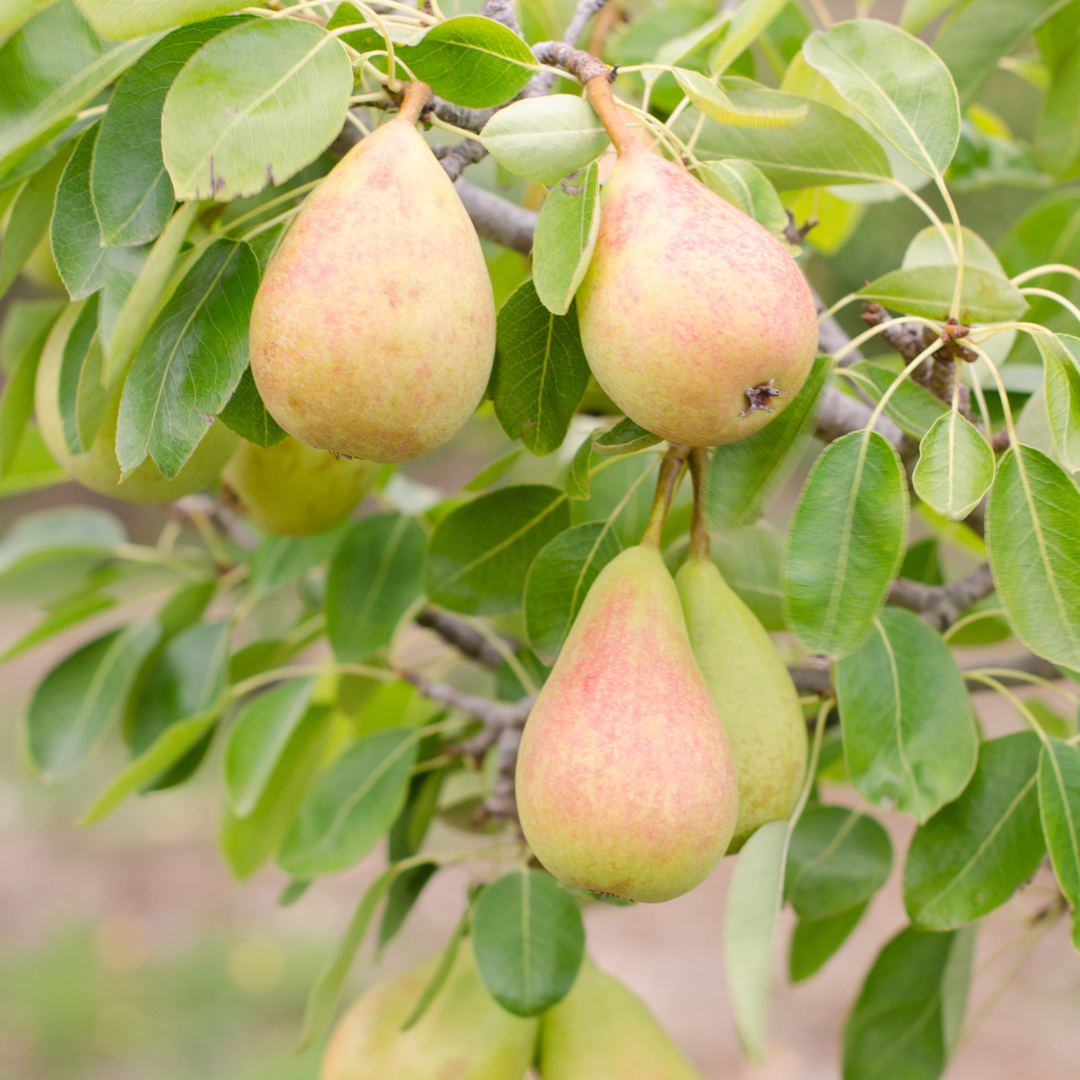
10. Pears
Pear trees in containers require at least six hours of sunlight per day.
Pears are one of the first fruit trees to bloom and are susceptible to frost damage.
If the trees are in bloom and a frost is expected, they can be protected.
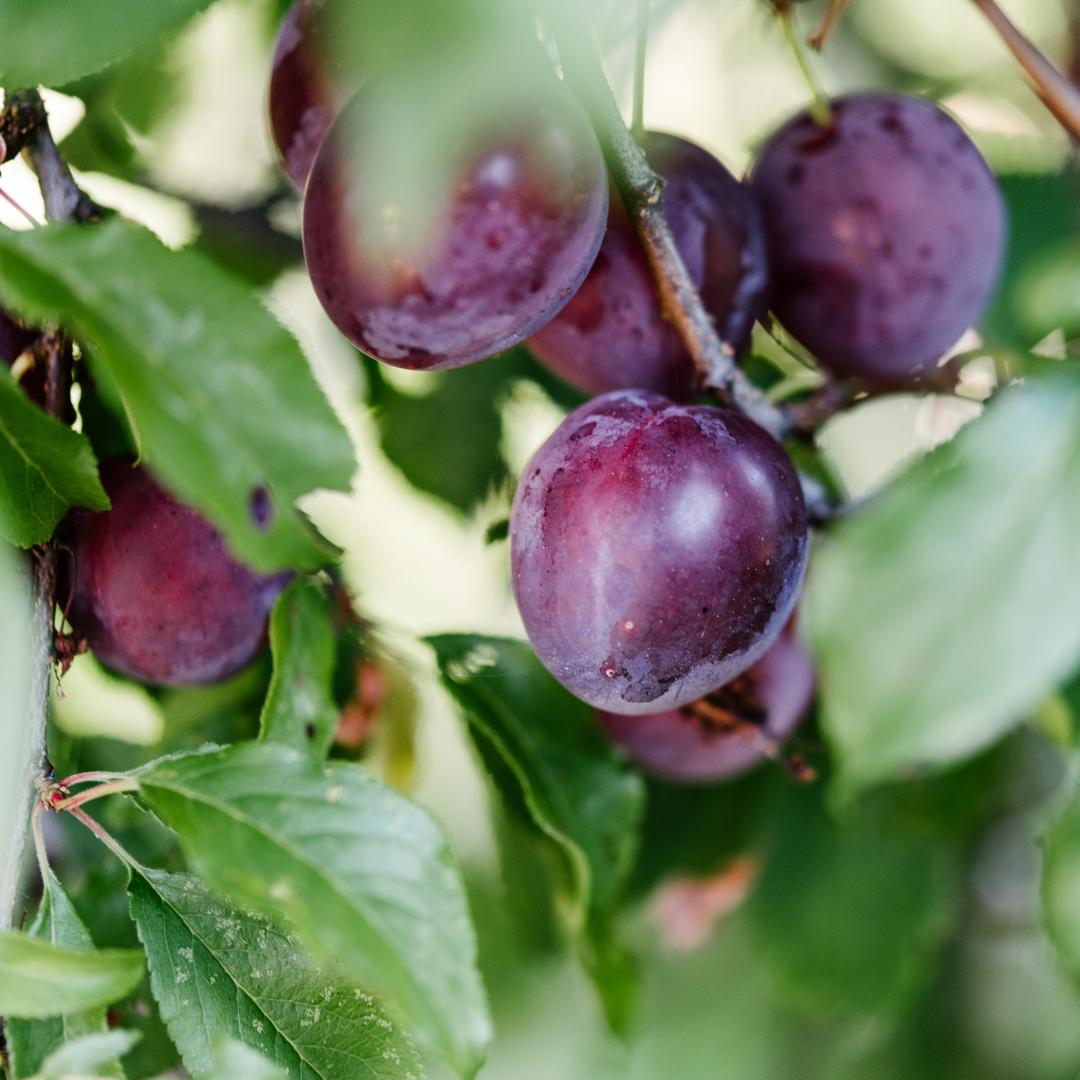
11. Plums
Plums in pots can also be moved to a suitable location, covered with fleece, to protect early flowers from frost if required.
Plums require good drainage, so make sure your compost has enough grit. If you have room for one plant, go with a self-fertile type.
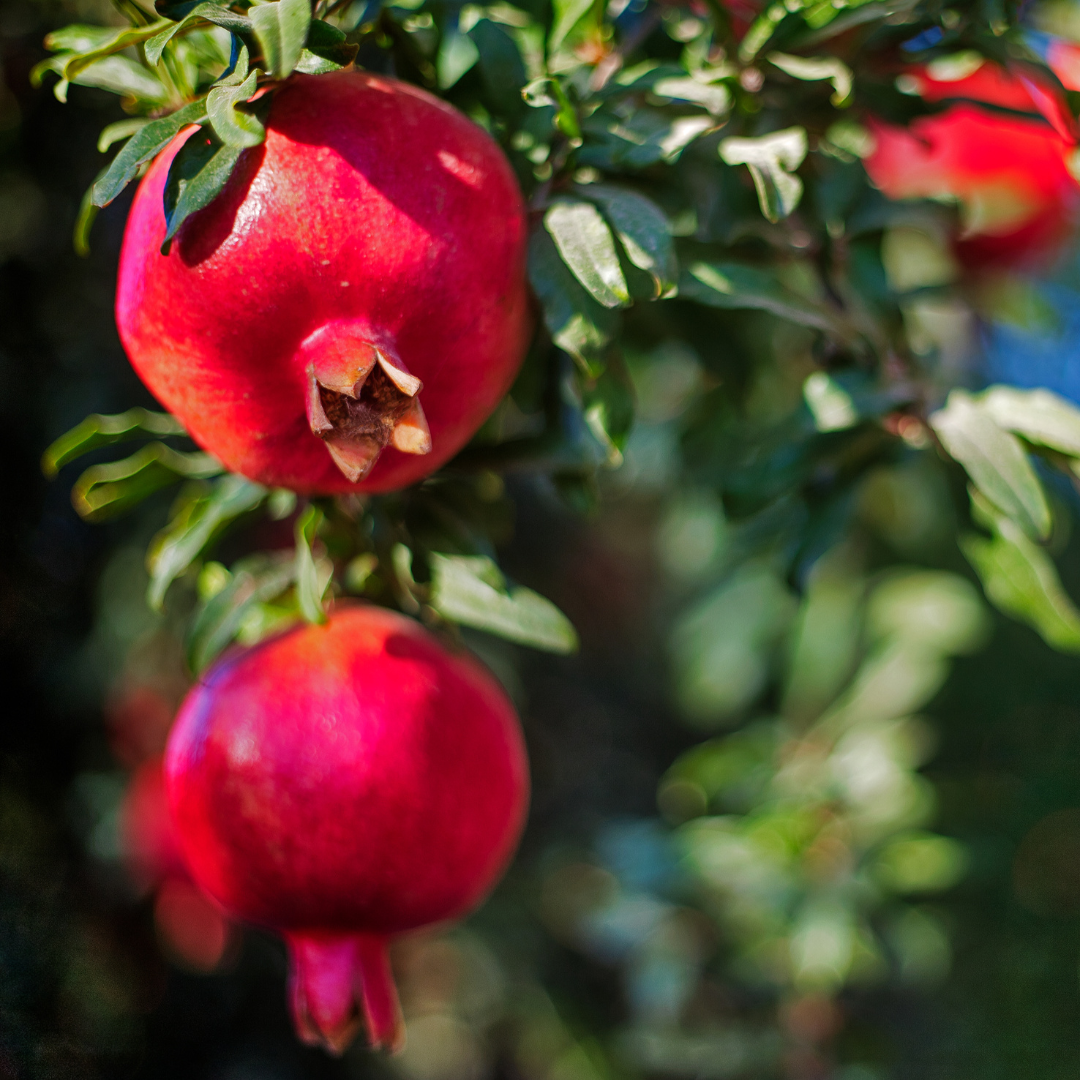
12. Pomegranate
The pomegranate is a lovely decorative plant with delicious fruit, vivid red spring blossoms, and bronze-tinged new growth.
Try the dwarf cultivar ‘Red Silk,' which grows to 6 feet in height and bears full-size, grenadine-flavoured fruit.
Pick the fruit when it is ripe but before the skin splits. The fruit continues to sweeten after it has been picked.
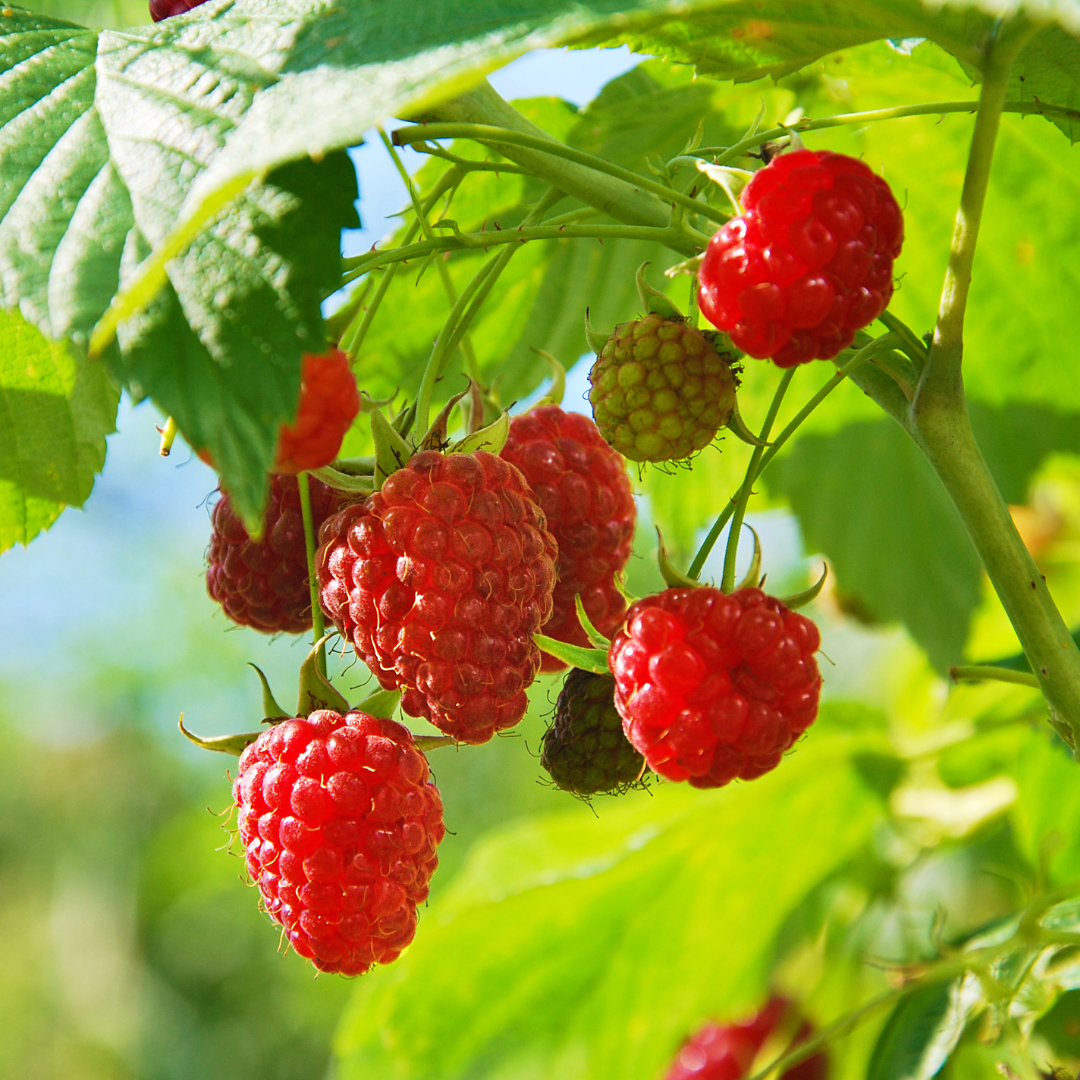
13. Raspberries
Summer and autumn-fruiting raspberries can be grown in pots, allowing you to enjoy your products for several weeks.
If you have a limited area, choose summer fruiting cultivars that are less bushy. Provide them with a sheltered, sunny location.
14. Star Fruit
All varieties of star fruit can be grown in containers. Confined root areas aid in limiting upward growth, but don't be afraid to cut trees in late winter/early spring to keep height under control.
During a freeze, keep these tropicals safe. Among the varieties are ‘Arkin,' ‘Fwang Tung,' ‘Kari,' and ‘Sri Kembangan.'
15. Strawberries
Strawberries work well in pots. Plant in late summer or early fall in a sunny location. Check that the crown is level with the compost's surface.
Best Vegetables To Grow In Pots
1. Porch Pick Bush Beans
This bushy bean type is small, compact, and neat, making it excellent for growing in small spaces. These beans are sweet, crisp, soft, and best eaten from the vine.
‘Porch Pick' grows well in full sun and matures in 55 days.
2. Scarlet Runner Beans
This brightly coloured plant bears little, red, heart-shaped blooms and excellent, nutty beans.
Vertically growing a trellis is good for tiny places, and this bean will enthusiastically grow a simple bamboo teepee.
This bean grows quickly and readily and is ideal for continual picking, making it ideal for potting up in a convenient location near the kitchen.
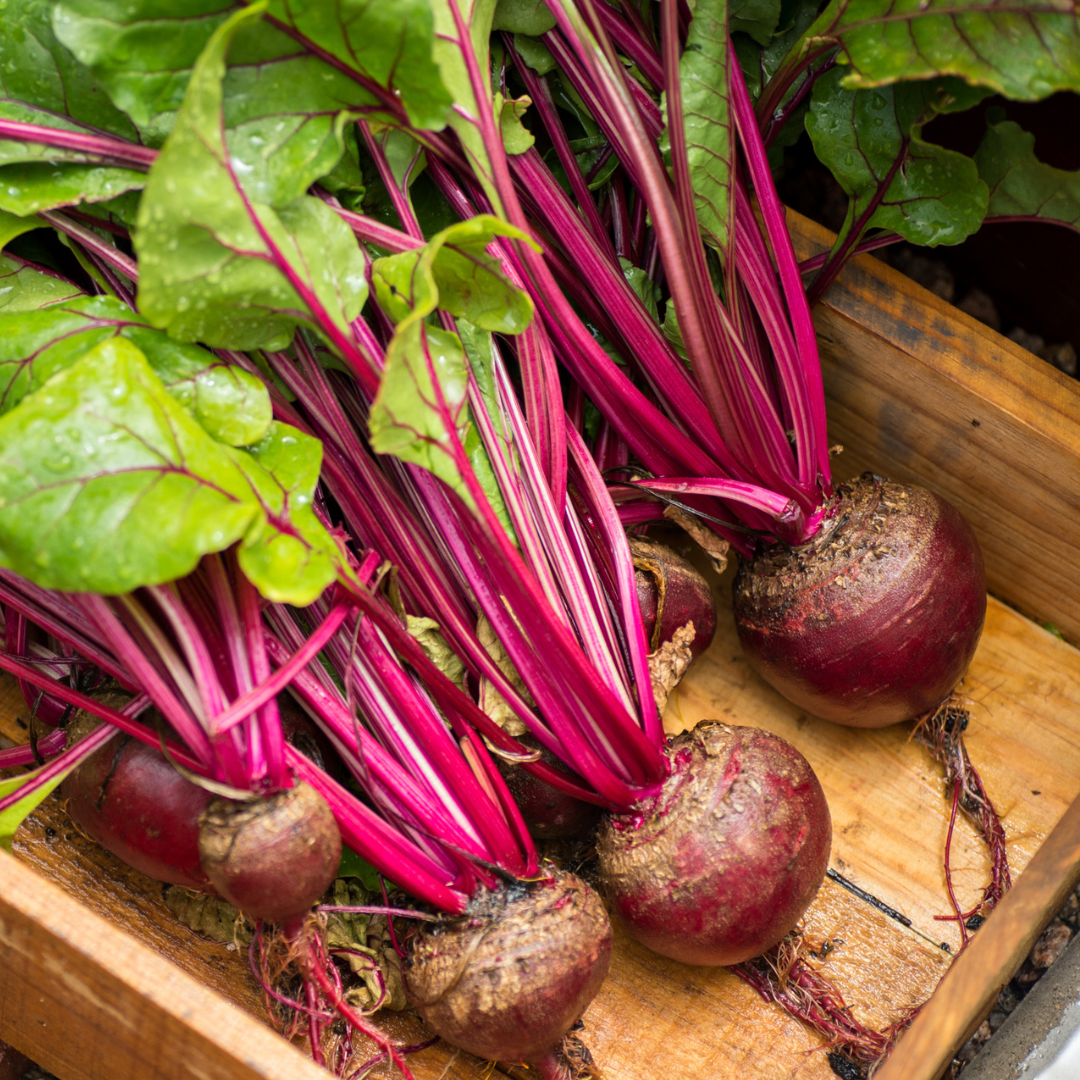
3. Beets
Beets are practically un-beet-able in this category because they are perfectly suited for growing in limited settings.
4. Cabbage
A cool-season crop that thrives in containers. It thrives in containers 10-12 inches deep and holds at least 5 gallons of soil.
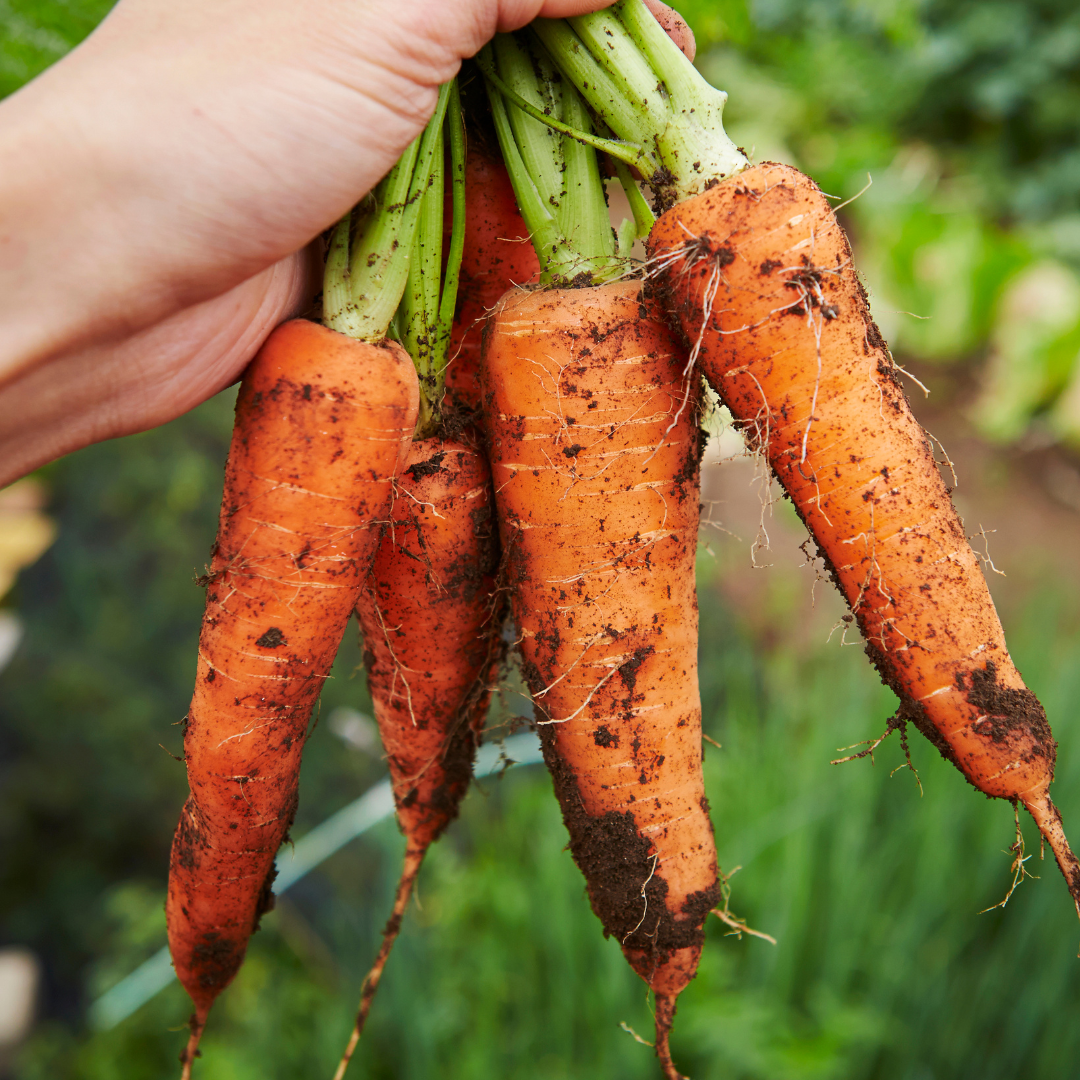
5. Carrots
Carrots thrive in cool conditions. They require consistent irrigation and moist soil. Otherwise, the roots would fracture and dry out. Growing this plant in containers is simple and doesn't take up much space.
6. Cucumber
Cucumbers are heavy feeders and must be watered regularly. Grow them in a medium to large pot in full light (depending on the type). Within a few months, you can have successful homegrown crunchy cucumbers.
7. Eggplants
Select small varieties such as fairytales and bambino. Eggplants prefer warm soil and can be planted early in the spring if grown in pots.
Grow eggplants in a medium-sized pot with staking to support the branches (5 gallons or larger).
8. Kale
Kale is another nutrient-dense vegetable that may be stored in a small space. Add it to smoothies or sauté mature leaves, or choose young for a fresh, tender addition to salads.
Just three or four plants can provide a healthy weekly crop for a family of four. The essential thing to remember is that your pot should have at least a 12-inch diameter and should be filled with a well-draining potting mix.
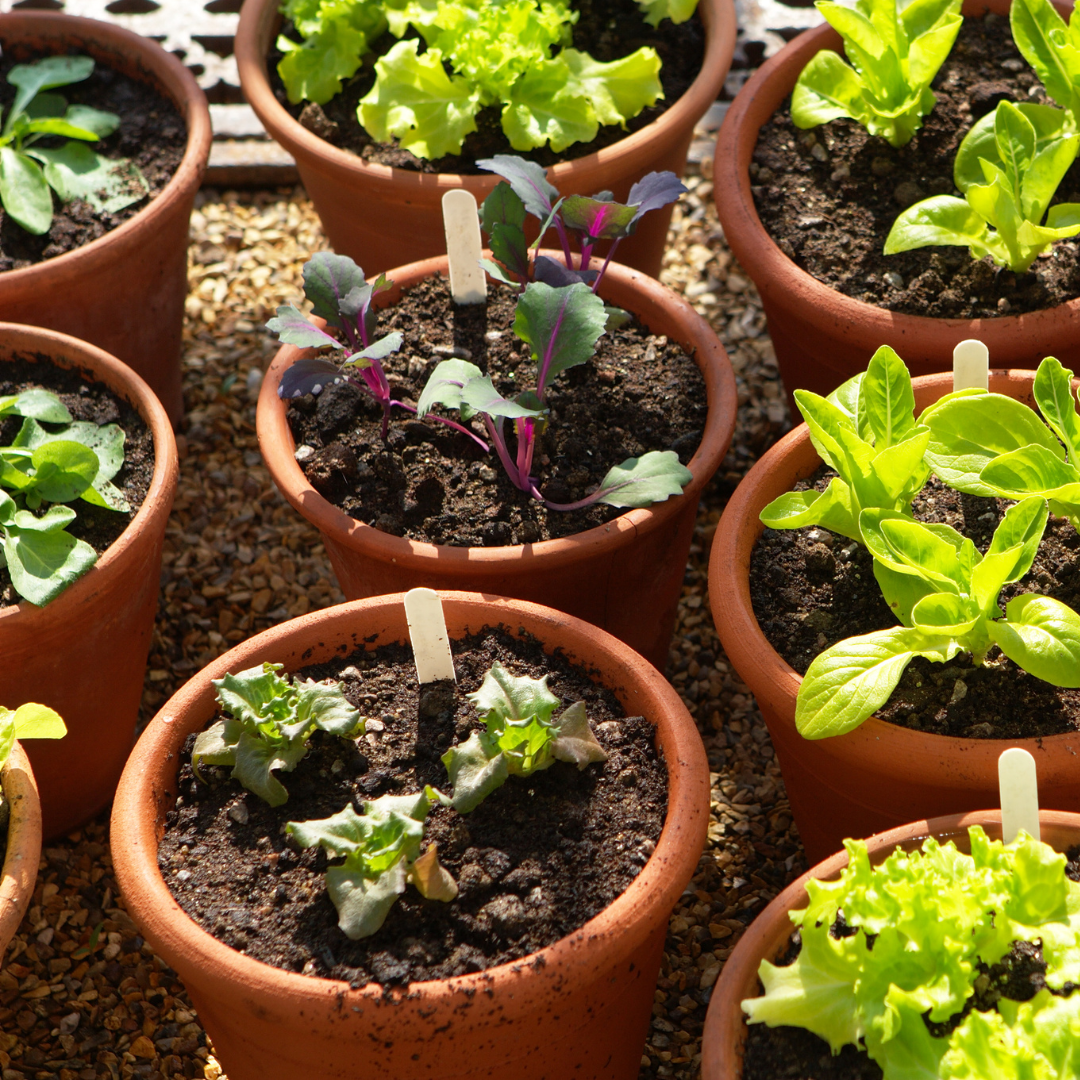
9. Lettuce
Lettuce, spinach, arugula, and other greens work well in small pots (2 gallons or larger). The majority of greens have a shallow root structure and develop quickly.
Give lettuce regular watering (an olla is ideal); it will often grow better in pots. Lettuce is a great food for container gardening.
10. Peas
Peas prefer mild climates; they are an excellent crop for container gardening and do not require a huge pot. They develop swiftly if no one pays attention to them.
Peas can even be grown on a balcony. Choose dwarf or bushier kinds, and water often and frequently, as peas prefer somewhat wet soil. Place the plants in a location that receives full sun.
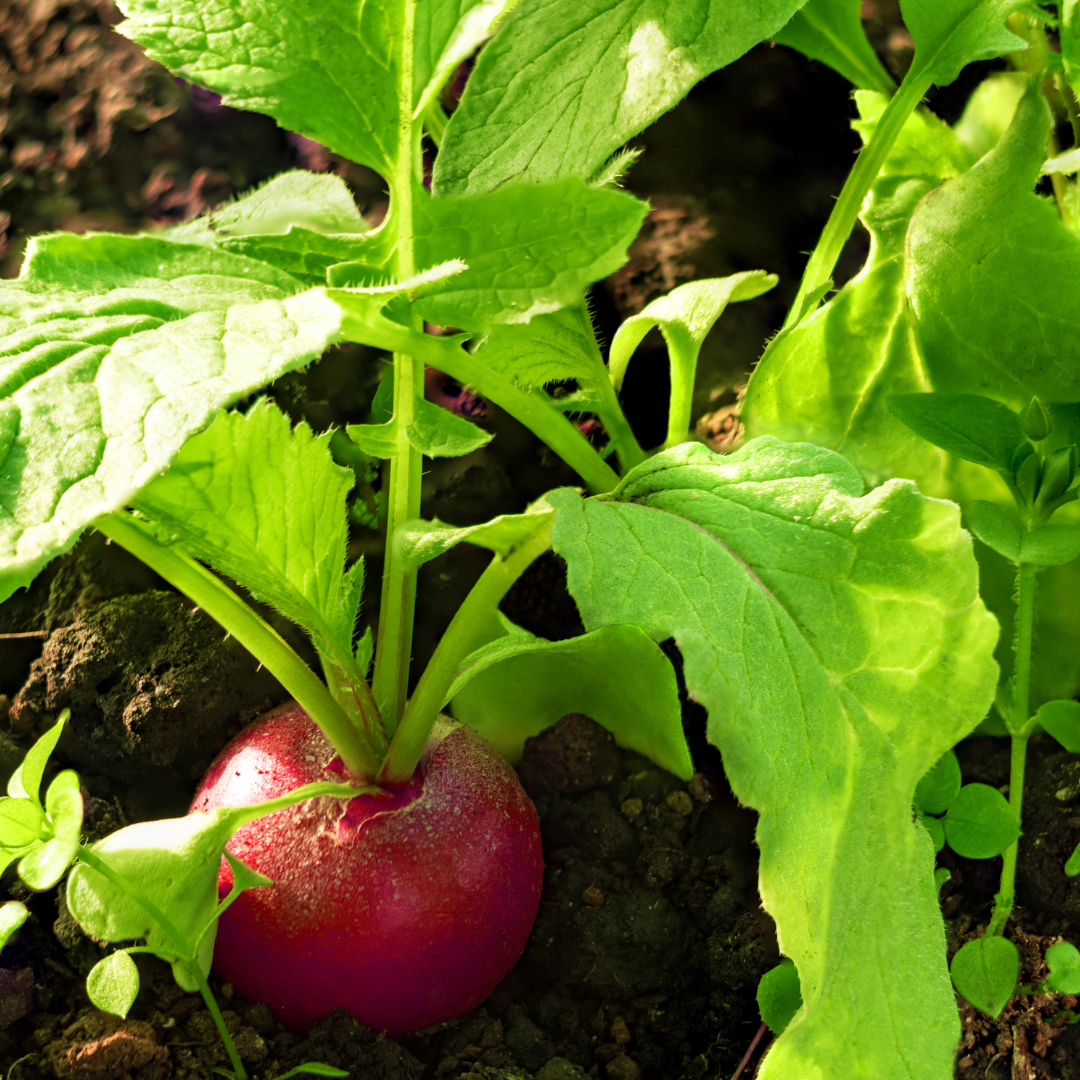
11. Radishes
Radishes are one of the quickest-growing vegetables and are ideal for container vegetable gardening because they can be grown in small and large pots.
A 6-inch deep planter is sufficient, but if you want to produce larger types, use an 8-10 inch deep pot. Allow three inches between each plant.
12. Spinach
One of the greatest vegetables for containers is spinach. It thrives in partial shade and any environment. Growing spinach in containers is simple; it may even be grown on a windowsill.
Choose a container 6-8 inches deep for growing spinach in pots. You don't need a deep pot; instead, use a wide one.

13. Squash
Summer squash might take up a lot of space in your yard, but they grow well in containers (5 gallons or larger). Allow lots of space around the container for the plant to flourish.
Ollas are an excellent addition to squash. Most winter squash grows too large to be grown in containers, but smaller types, such as tiny jack pumpkins, do well.
The only thing to remember is that they require a very deep pot to develop freely. A pot with a depth of 10 to 12 inches is optimal for encouraging appropriate root growth.
14. Swiss Chard
Swiss chard thrives in little containers (2 gallons or larger). This nutritious vegetable can withstand a little cold and a little heat. It grows easily from seed or transplant and can be harvested as needed for months.
15. Tomatoes
Choose a large enough container (at least 10 gallons) and thoroughly water it. Tomatoes thrive in an oya or self-watering container that provides continuous watering.
Plant one tomato plant per pot and a trellis at the same time. Except for the largest containers, determinate varieties are ideal.
Best Flowers To Grow In Pots
1. Calendula
Calendula is never wrong! It is a fantastic plant for the herb garden or for growing with veggies. Calendula is also an excellent choice for the annual and perennial border.
Another unusual approach to using this lovely plant is on its own. It can truly show off its skills here.
This gorgeous flower thrives in full sun and produces an excellent cut flower. Calendula also has a variety of gastronomic and medicinal uses.

2. Canna Lily
Canna lilies bloom profusely with iris-like flowers in bright colours of yellow, orange, and red in hot summer.
The lush tropical foliage makes up for any lack of blooming for gardeners in the north or during cooler summer seasons.
3. Chamomile
Chamomile is a lovely white-petal flower that may be preserved and turned into a tasty herbal tea.
If you want to grow chamomile in your balcony garden to make tea, choose German chamomile over Roman chamomile.
This container plant is generally just about 9 inches tall, but it can grow 2 feet tall and 2 feet across. Chamomile blossoms are roughly 1 inch in diameter and resemble daisies.
4. Dahlia
Smaller dahlia types are ideal for container planting. They flourish in direct sunlight. Dahlias develop from fragile bulbs. Enjoy the variety of colour options as well as the unique floral patterns.
5. Daisy
This spectacular, vibrant, colourful daisy thrives in full light and is hot and drought-tolerant. Without deadheading, the blossoms continue to bloom until frost. It's stunning but can also be used as a filler plant.
6. Dianthus
Dianthus flowers are ideal for planters and give colour to any urban balcony garden.
Dianthus blooms occur in various hues, including solid white, red, purple, pink, and occasionally yellow, as well as two colours or marks in the petals.
This flower can grow 6 inches or 3 feet tall, and there are so many Dianthus variants that each gardener can choose a lovely Dianthus species to fit his or her balcony garden.
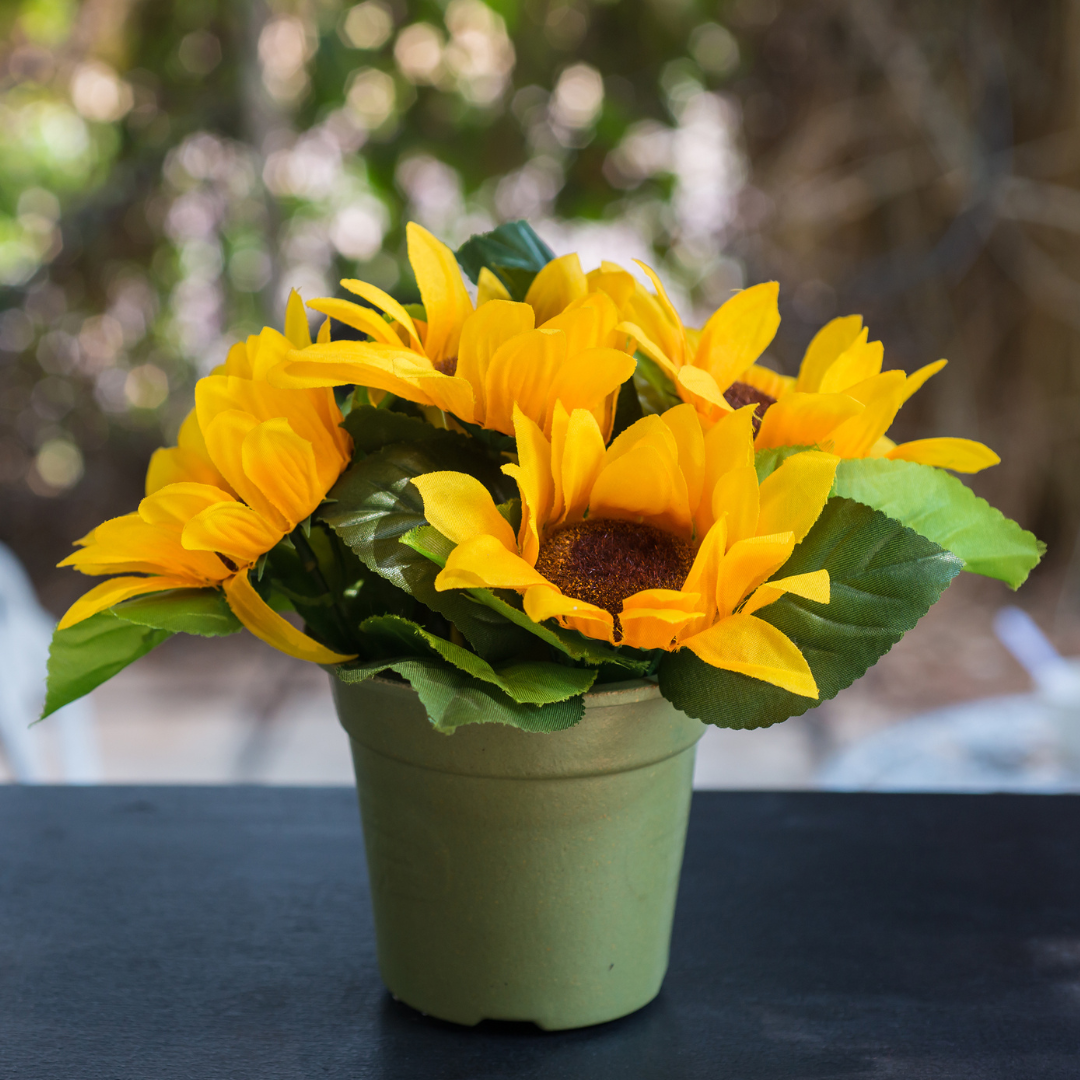
7. Dwarf Sunflowers
Sunflower enthusiasts will find many dwarf varieties that grow exceptionally well in containers.
They're also a fantastic choice for a centrepiece with filler plants to help balance off the tall stems. Sunflowers, as the name implies, are sun lovers and will follow the sun.
8. Fuchsias
Shaded patios and balconies are great for growing Fuchsia plants. These areas must get some light, but it is also critical that your Fuchsia plants have some shadow.
Some people grow hanging variants of these plants, which are strung from the rafters of lath buildings.
The containers for your potted Fuchsia plants are one of the first things you should consider. A large enough pot is required for your potted Fuchsia to thrive.
Consider containers greater than 10 inches in diameter: anything smaller than a 10-inch pot is too tiny for this plant.
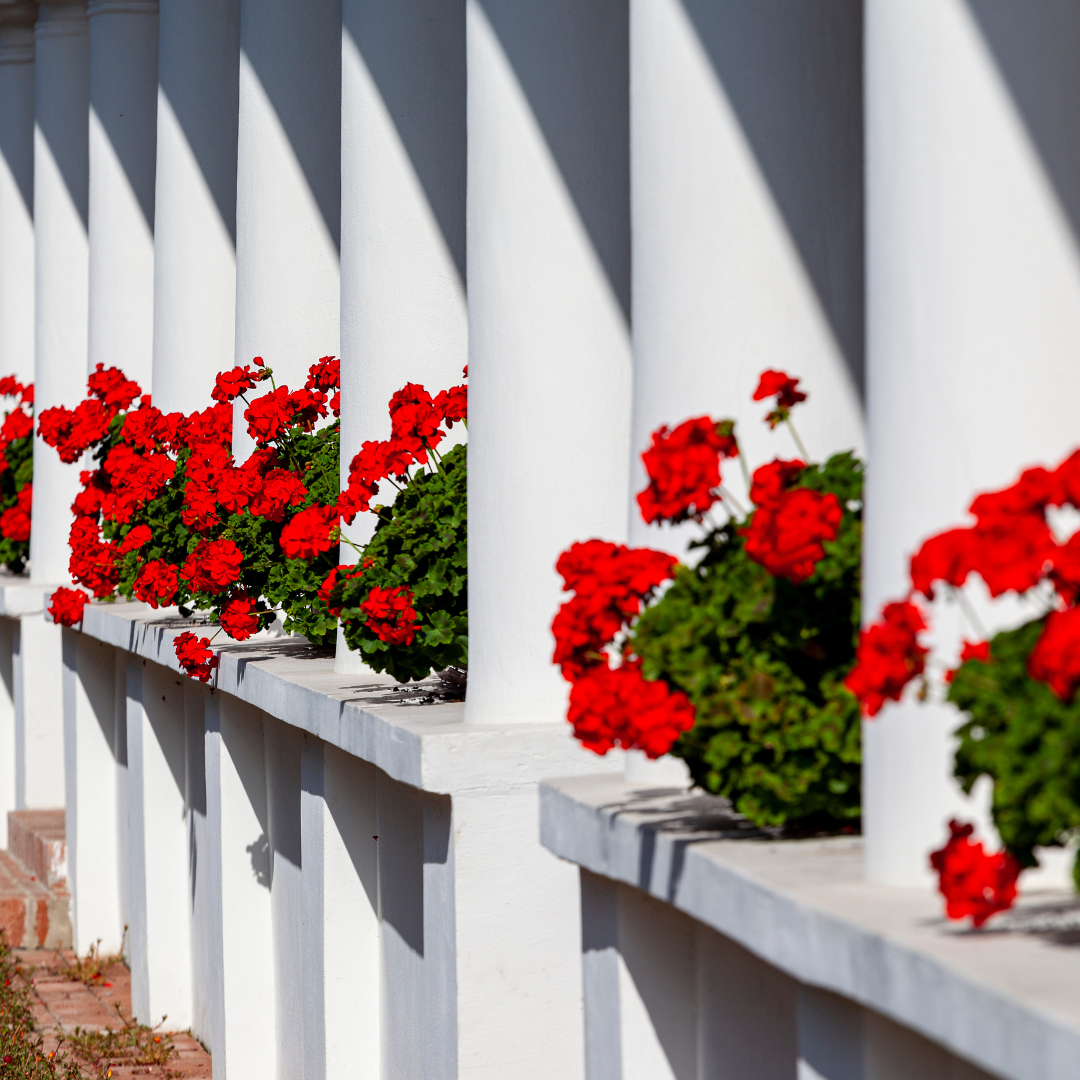
9. Geraniums
From mid-spring through early October, the common geranium flower blooms. Their 4- to 5-inch-wide flower clusters come in various colours, including pink, purple, red, and white. This lovely flower is a favorite in balcony gardens and grows well in planters.
10. Million Bells
These beauties, as the name suggests, produce a large number of little petunia-like flowers. They love the heat and are ideal for pots in full sun. From spring till heavy frost, the shrub is covered in blossoms.
Million Bells are hardy and low-maintenance because they don't need deadheading. It is a fascinating spiller plant that develops magnificently on its own.
11. Nasturtium
Nasturtium is a spicy-looking plant with good edible leaves and blossoms that climbs, hangs, and mounds.
The lilypad-like leaves provide a lovely backdrop for the flame-coloured flowers, which are popular with bees, butterflies, and hummingbirds.
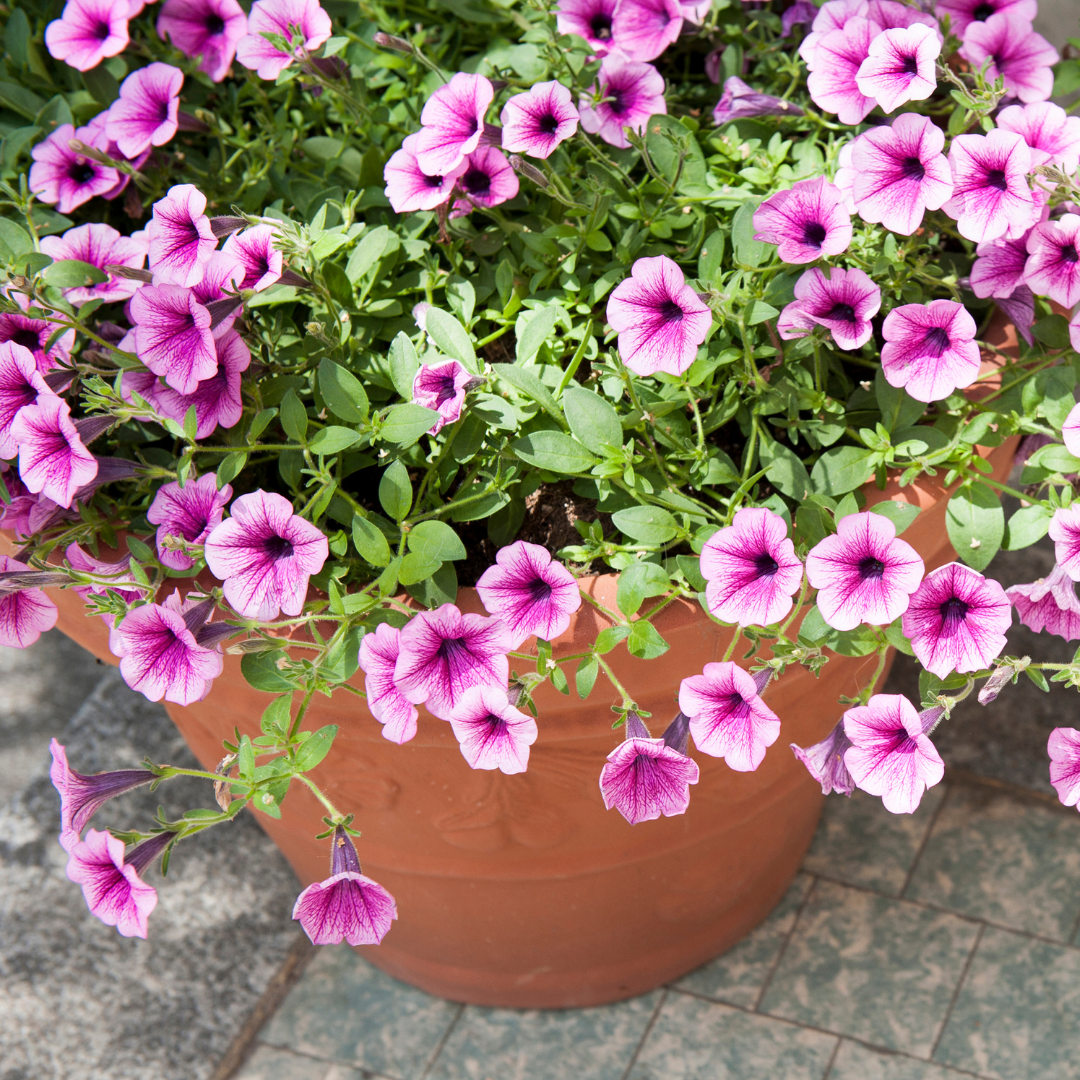
12. Petunia
Petunias can be grown alone, but like us, it may be even better when grown in groups.
Its cascading vines are buried in various colours and combinations of beautiful tubular blooms. To make deadheading easier, look for self-cleaning kinds.
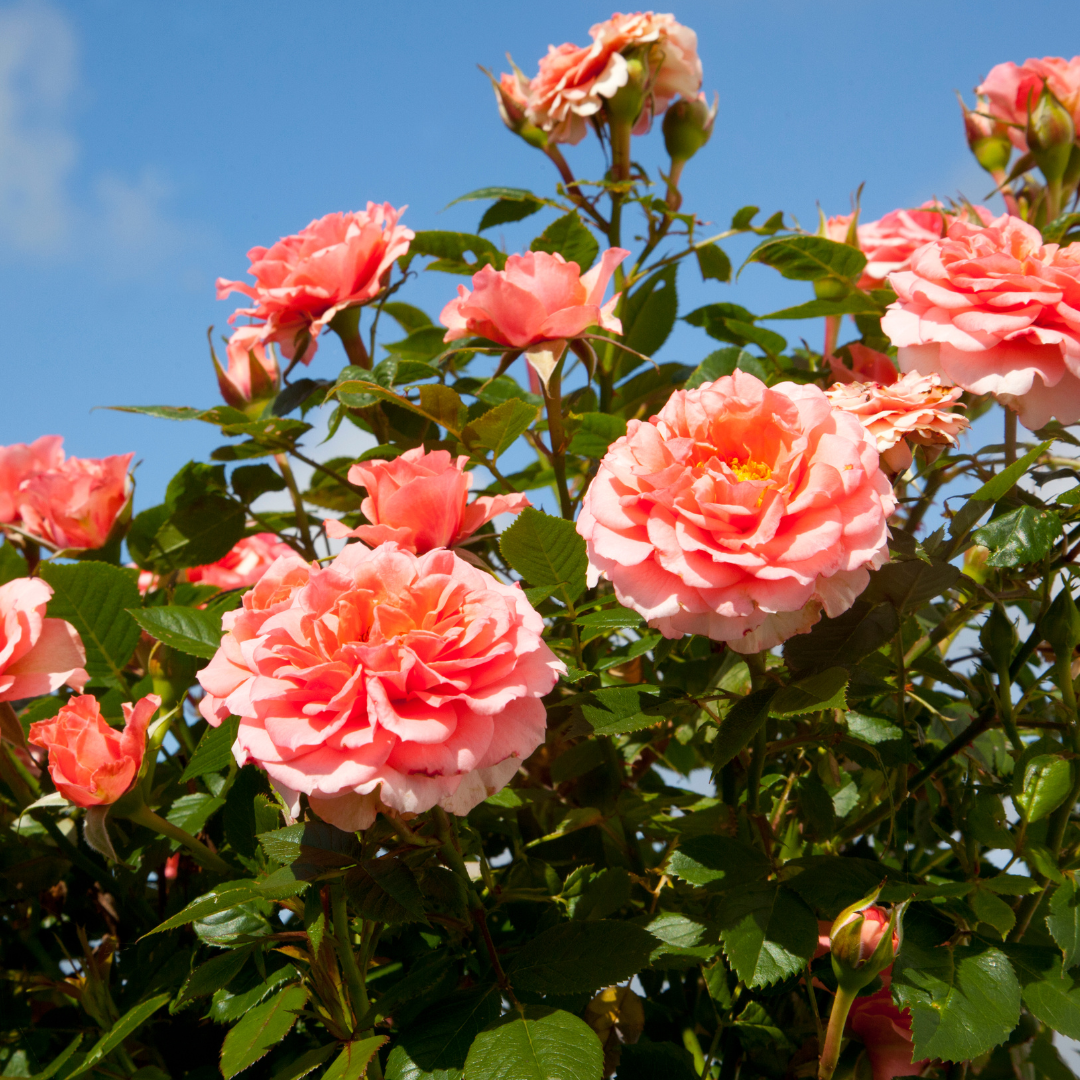
13. Roses
Numerous rose flowers grow well in plant containers – you may select a colour, size, shape, and smell appropriate for you and your balcony garden space.
However, because there are so many rose kinds, you should read rose books, participate in online rose forum discussions, join local gardening or rose clubs, or contact a knowledgeable staff member at your local garden shop about which varieties work for you.
14. Scarlet Sage
Scarlet Sage may be the answer to attract bees, butterflies, and hummingbirds to your yard.
With tropical flair and pizzaz, this dramatic flowering, sensitive tropical perennial strikes the high notes.
Furthermore, because it is salvia, it is hardy, drought-tolerant, heat and sun-loving, and can tolerate poor soil conditions.
15. Tulips
Tulips (up to 12 inches tall) can have pink, purple, red, dark red, orange, red-orange, or yellow flowers.
Tulips bloom in early spring after periods of cold temperatures, which are required to grow. Tulips can withstand frosts and freezing weather, making them ideal for container gardens in colder locations.
Best Herbs To Grow In Pots
1. Basil
Basil is an annual herb (which lives for only one season) that grows well on a sunny deck, terrace, or window sill.
In the spring, sow seed or plant seedlings in a basic potting mix and keep them in a warm place until well established.
Basil has a lengthy taproot. Therefore, pots must be deep. Water thoroughly during dry weather, but not at night, as moist leaves might become infected with fungal disease.
2. Bay
Bay, an evergreen tree that can grow massive if left unpruned, requires a large, deep pot and frost protection. Feed with a liquid fertilizer in the spring and water thoroughly during the summer.
To grow a bay tree as a normal topiary, select a plant with a straight stem, eliminate the lowest side shoots, and shape the rest to your liking.
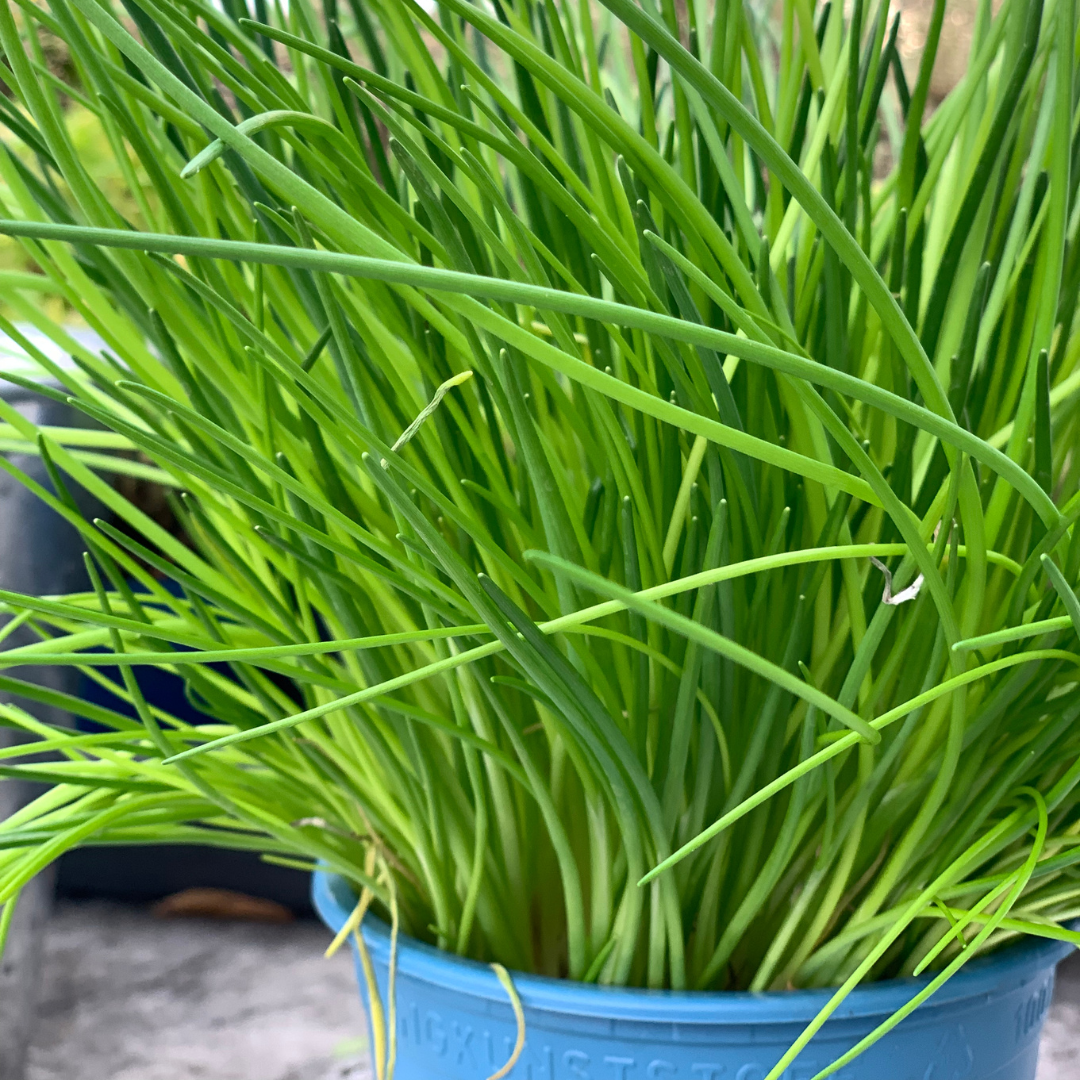
3. Chives
It's delicious in salads, snipped over soups, and used as a garnish on various foods. The blooms are cheery in the spring and taste delicious – and the bees also adore them.
This is another simple one to grow, requiring only four or five hours of direct sunlight. Make sure it doesn't dry out because chives prefer moist soil.
4. Cilantro
Cilantro is a popular herb that is both tasty and simple to grow. It is frequently used in Asian, Caribbean, and Mexican cuisines, where the plant's leaves impart a distinct flavour and perfume to any meal.
Its leaves grow on long, fragile stalks that are easily plucked off for harvesting.
Cilantro is a fast-growing herb that bolts in hot weather, making the leaves bitter to the taste.
Once the cilantro plant has flowered, the seeds can be picked and used to make the ever-popular coriander.
5. Coriander
Coriander is a frost-tender annual that grows best in a large, deep pot in a sunny area with lots of moisture in the summer.
It despises transplanting but grows easily from seed. Sprinkle it on top of potting mix and cover with a thin layer of compost.
Pick the leaves regularly, and harvest the seed by removing the blossoms as soon as they begin to generate a perfume.
If you like coriander, you may replenish your supply by sowing seed in another container three weeks later.
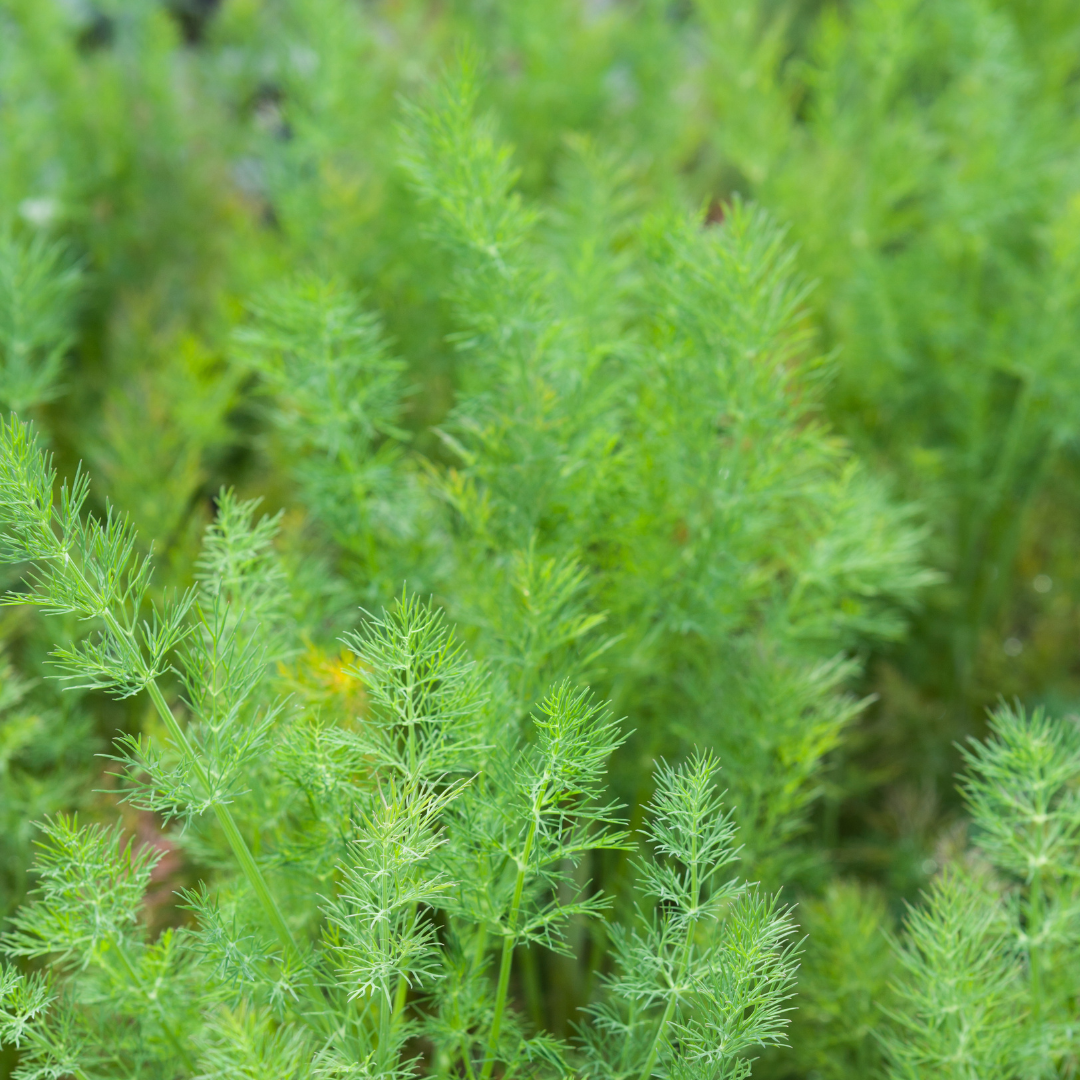
6. Dill
Dill goes well with fish, lamb, potatoes, and peas. It also assists digestion, fights foul breath, and has the added benefit of lowering edema and cramping.
Dill is a simple plant to grow. It will also attract beneficial insects such as wasps and other predatory insects to your garden.
7. Lemongrass
Lemongrass stalks contain antioxidants like beta-carotene and can help protect against cancer and eye inflammation. Lemongrass has a distinctive lemon flavour.
It can be brewed into tea or used as a herb seasoning. You must live in at least Zone 9 to grow this outside. Outside, it can reach six feet, but it will be much smaller if grown indoors.

8. Lemon Verbena
Lemon Verbena is a versatile culinary plant in teas, salads, sauces, and desserts. A fantastic herb plant that will thrive in pots for container gardening or an indoor herb garden.
When Spanish conquistadors discovered the aromatic herb in South America, they introduced it as a perfume centuries ago.
Since then, Lemon Verbena has been used in various products, from recipes to soaps. Because Lemon Verbena retains its citrus aroma after drying, it is an excellent addition to potpourris and herb pillows, and it may be used to freshen clothing in closets and drawers.
9. Lovage
Lovage is one of those herbs that are vastly underutilized and unappreciated, even though it is quite easy to grow and has numerous culinary applications!
This simple gardening instruction teaches you how to cultivate lovage in your garden or indoors!
However, lovage thrives and spreads like weeds, so we recommend growing it separately, away from other herbs and vegetables, in a pot or container.
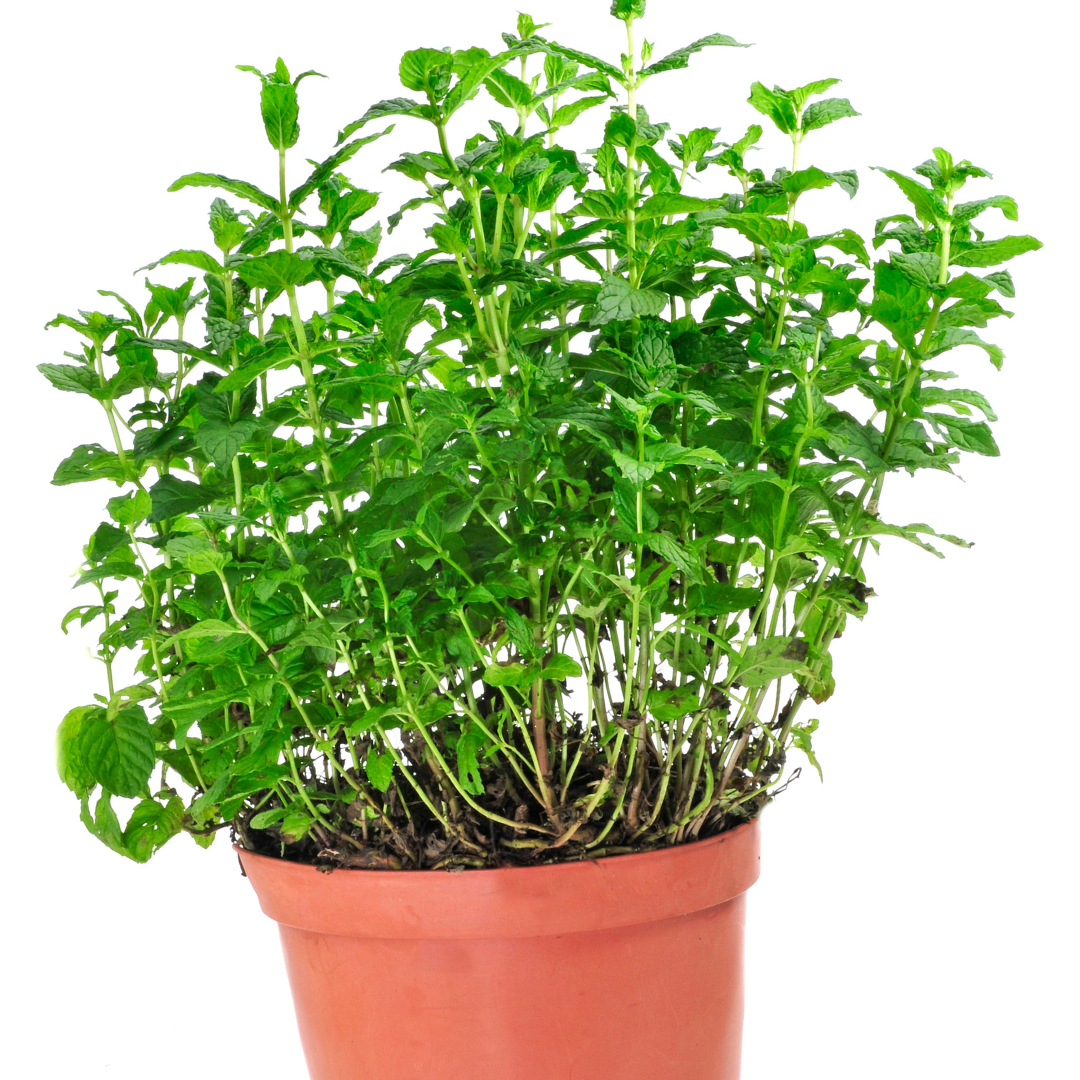
10. Mint
Mint comes in a variety of flavours. It's great in beverages like mojitos and mint juleps. Alternatively, add some mint to your summer iced tea.
Mint freshens the breath and soothes the stomach. However, if you cultivate mint, remember that it is considered invasive. Mint will take over your garden and spread. It grows best in pots.
11. Oregano
The leaves are lovely, and the plant thrives on neglect. Oregano thrives in the sun and does not require a lot of water or fertilizer.
Pinch the plant regularly to keep it compact and prevent it from blooming. Oregano is a perennial that can be grown overwintering in a cold location or propagated from cuttings.

12. Parsley
Parsley will flourish in pots indoors or out if kept moist, collected regularly, and given a liquid feed regularly. A little shade is preferable in the summer, while a bright area is preferable in the winter.
Remove any blossoms to ensure that the plants develop leaves rather than seeds. Common and flatleaf parsley are both biennials.
13. Rosemary
Rosemary requires a large pot because it can grow to be a metre tall and spread out. Good drainage is crucial because rosemary requires very little water, especially during the colder months.
In colder climates, set the container against a sunny wall and mulch around the plants, or relocate to a sheltered location during the winter. Trim after flowering to keep it in shape.

14. Sage
The most commonly used sage in cooking is frost-hardy, evergreen, and perennial. Plants grow to 60cm in height and spread, so choose a pot that is not too shallow and has good drainage.
Make a composted fine bark and soil-based compost mixture. In the summer, cut back after flowering and avoid overwatering.
15. Thyme
There are numerous types of thyme to pick from, all of which are frost-hardy, evergreen, and perennials.
Some are extremely low-growing, while others reach around 30cm in height, and they all do well in containers as long as the soil is well-drained and they get enough sun. Avoid using fertilizers and watering as little as possible.
Conclusion
Hopefully, these container gardening tips will help you. Before you begin a container garden, consider numerous aspects.
Flowers, perennials, trees, vegetables, fruit, and even hardy herbs require adequate watering and nutrition.
I hope this information helps you get ready for your future garden. Please leave a comment if you have any more questions!
I trust you enjoyed this article on The Top Most Important Container Gardening Tips. Please stay tuned for more blog posts to come shortly. Take care!
JeannetteZ
Are you interested in homegrown herbs and medicine? Please click here to find out more about it!
Your Opinion Is Important To Me
Thoughts? Ideas? Questions? I would love to hear from you. Please leave me your questions, experience, and remarks about this article on The Top Most Important Container Gardening Tips in the comments section below. You can also reach me by email at Jeannette@Close-To-Nature.org.
Disclosure
This post may contain affiliate links. I earn from qualifying purchases as an Amazon Associate and other affiliate programs. Please read my full affiliate disclosure.
You might also enjoy these blog posts:
A Comprehensive Guide To Healing Naturally
Best Ways To Grow Tamarind In Your Home Garden
8 Most Delicious Keto Snack Recipes

